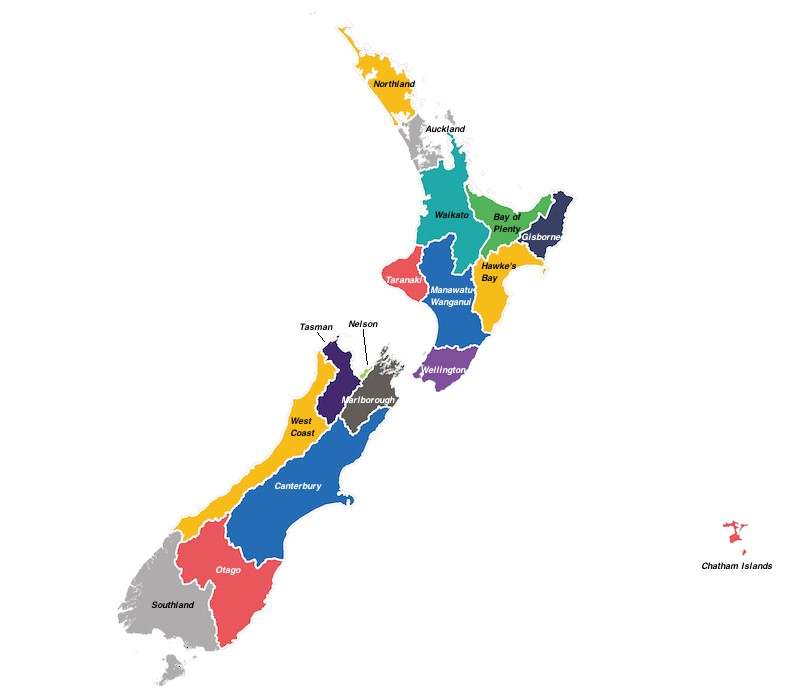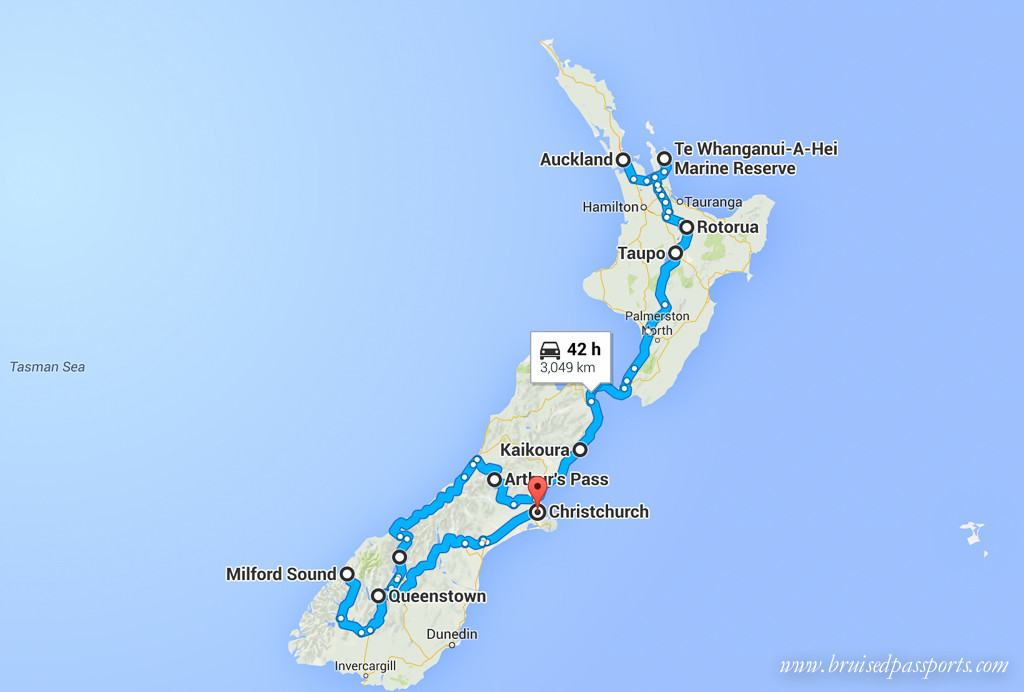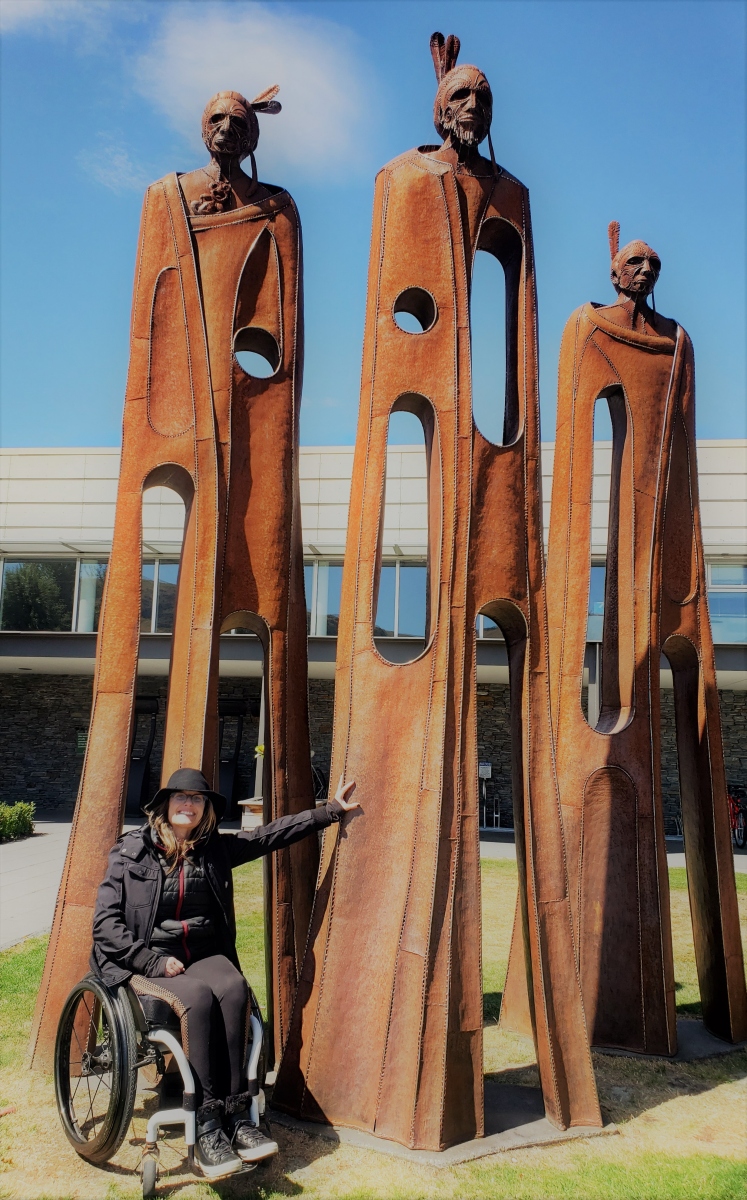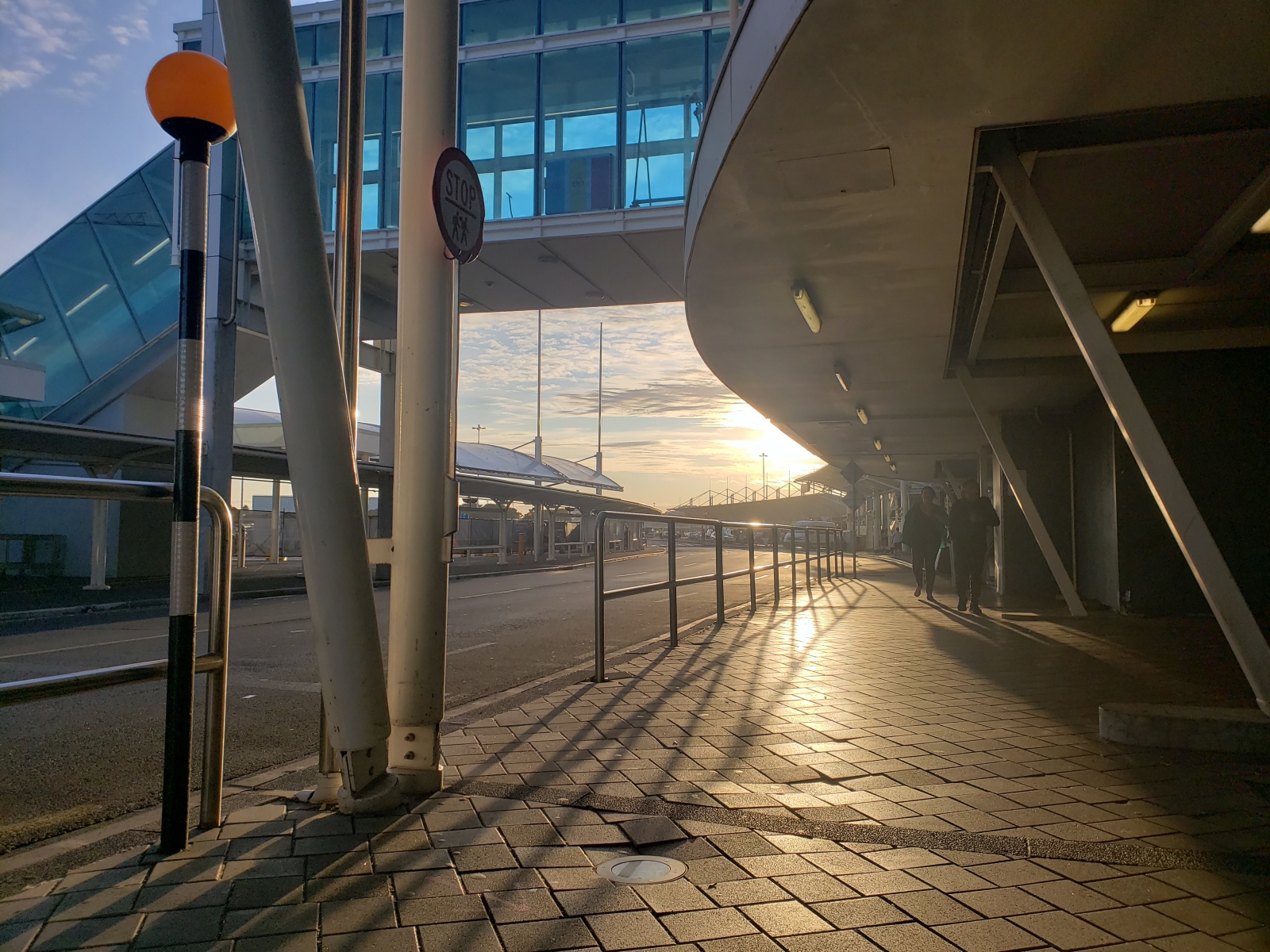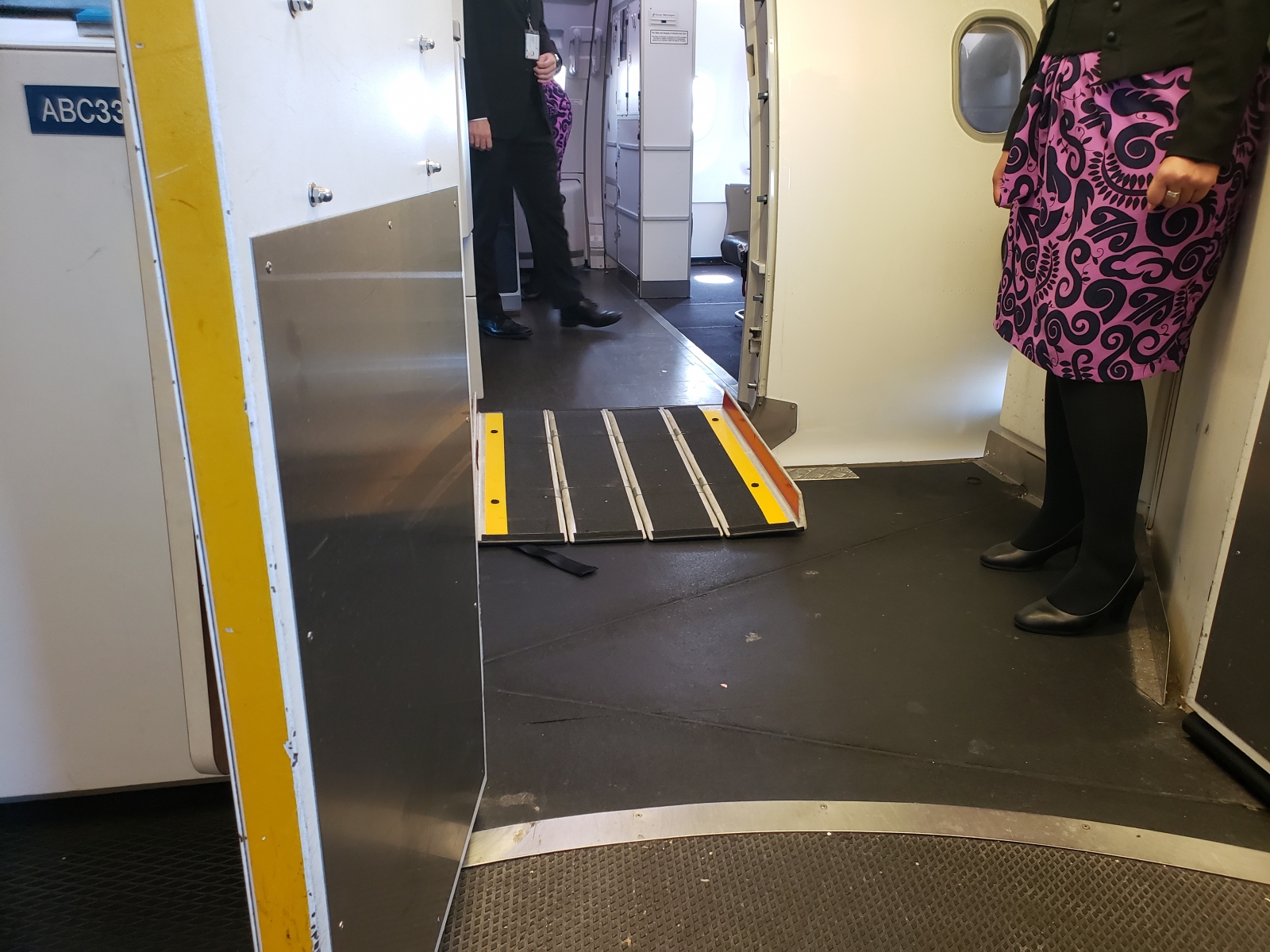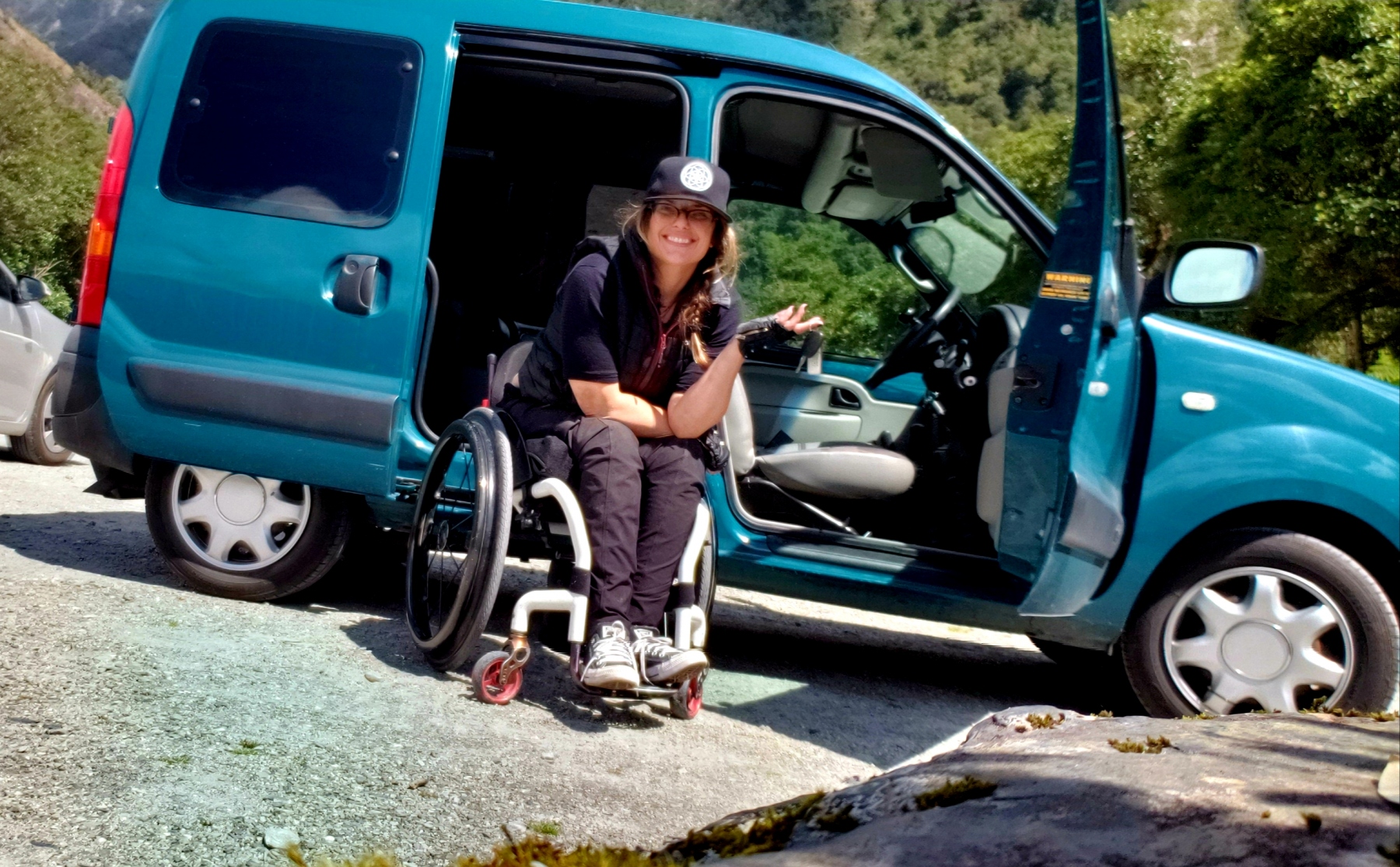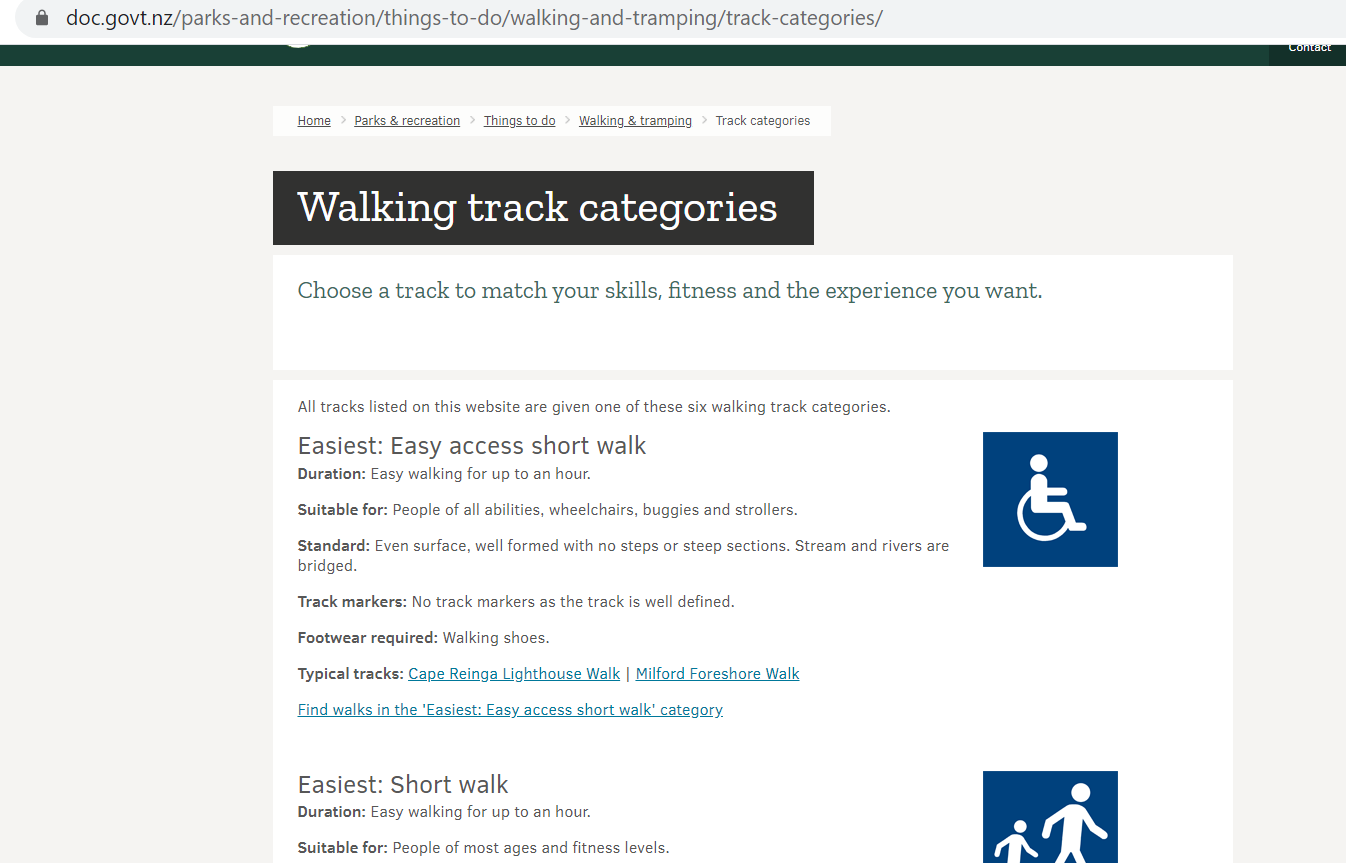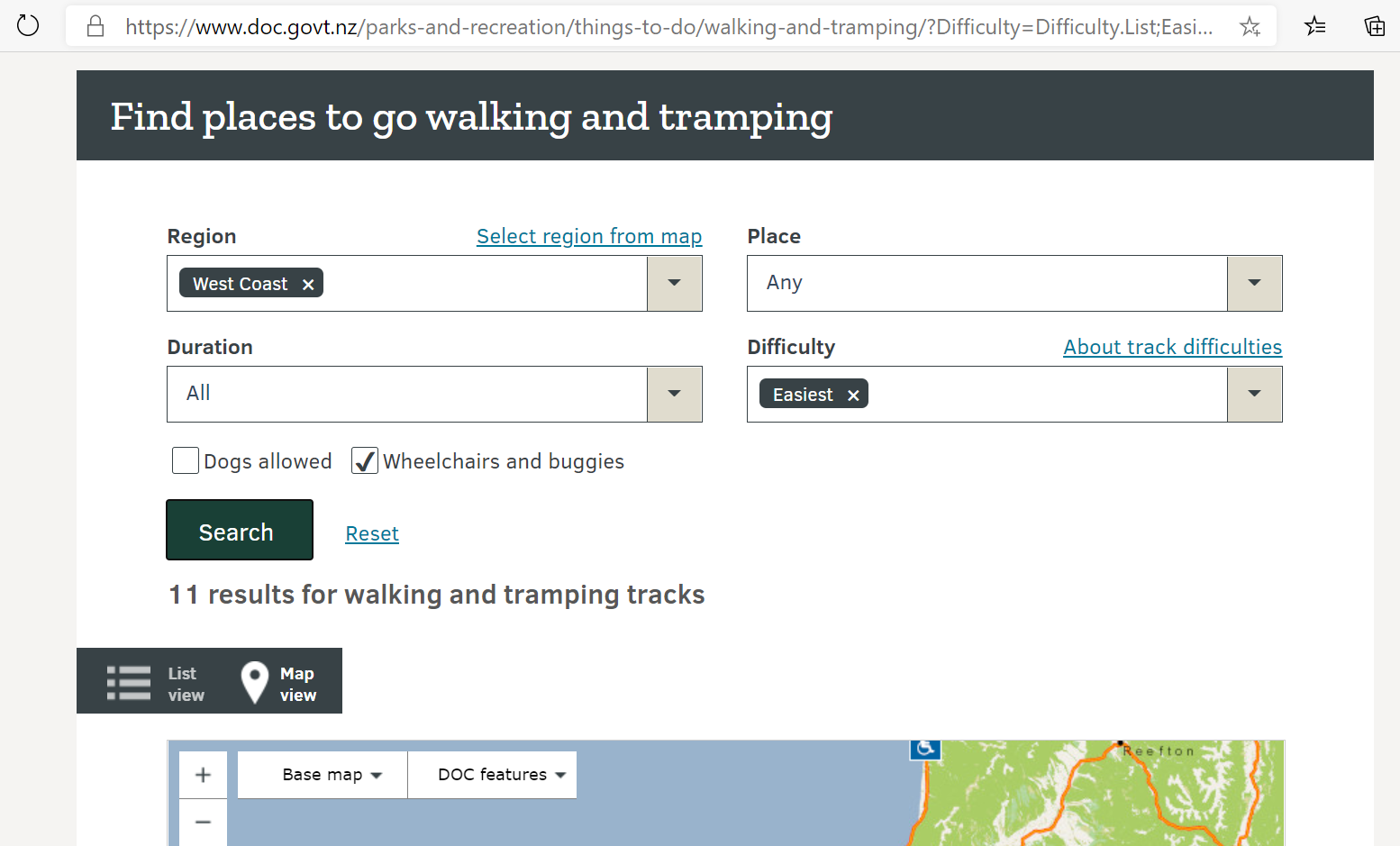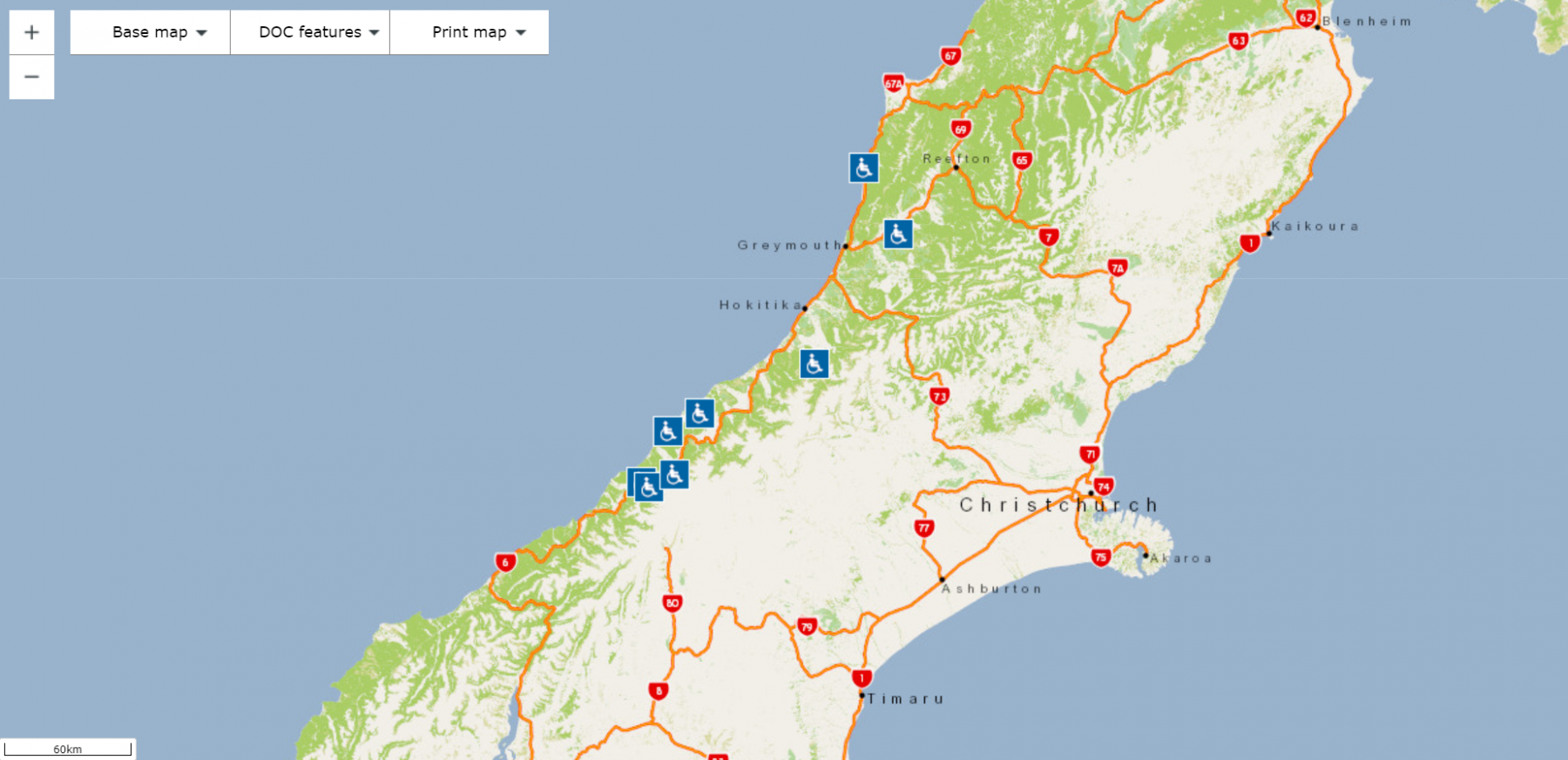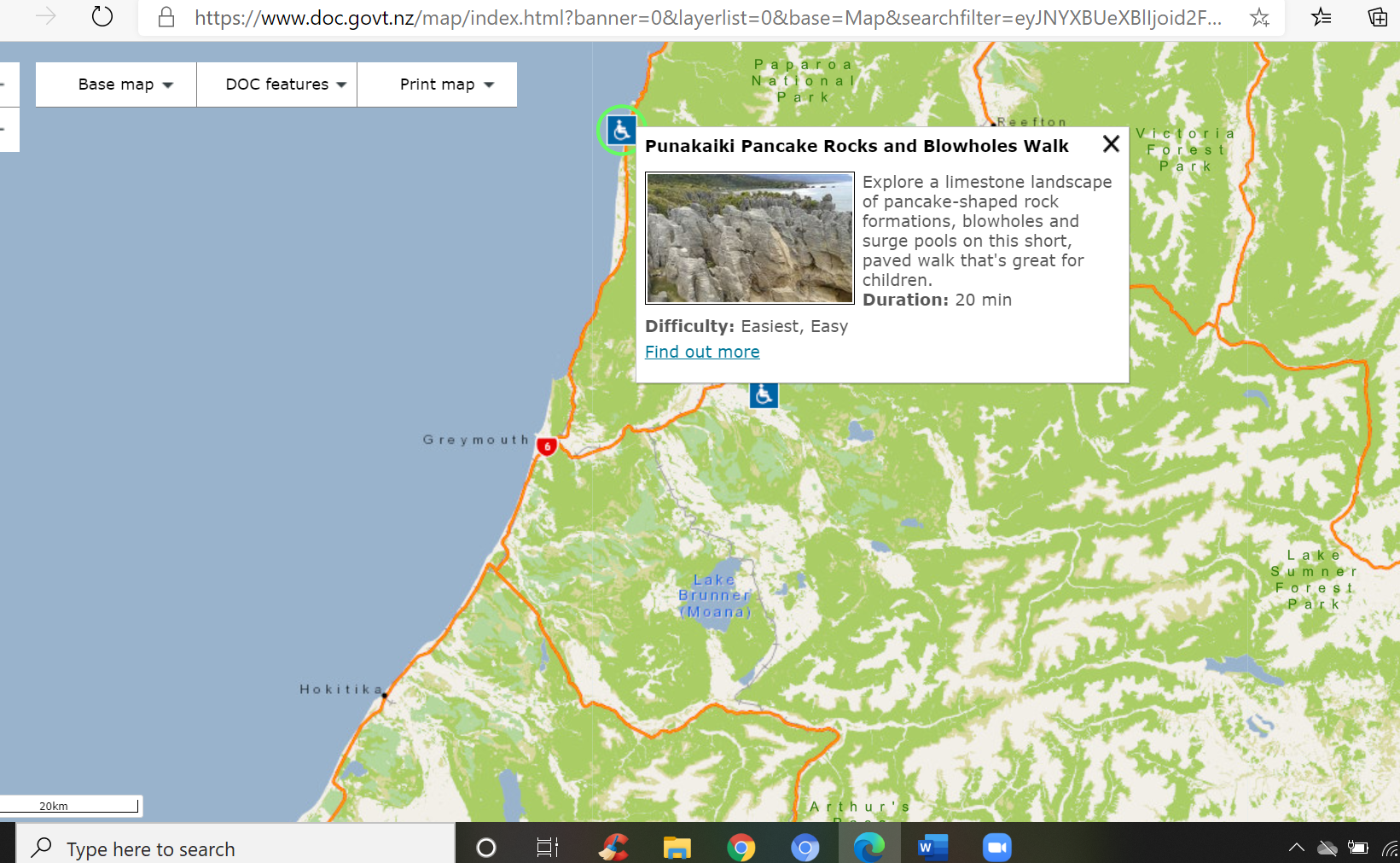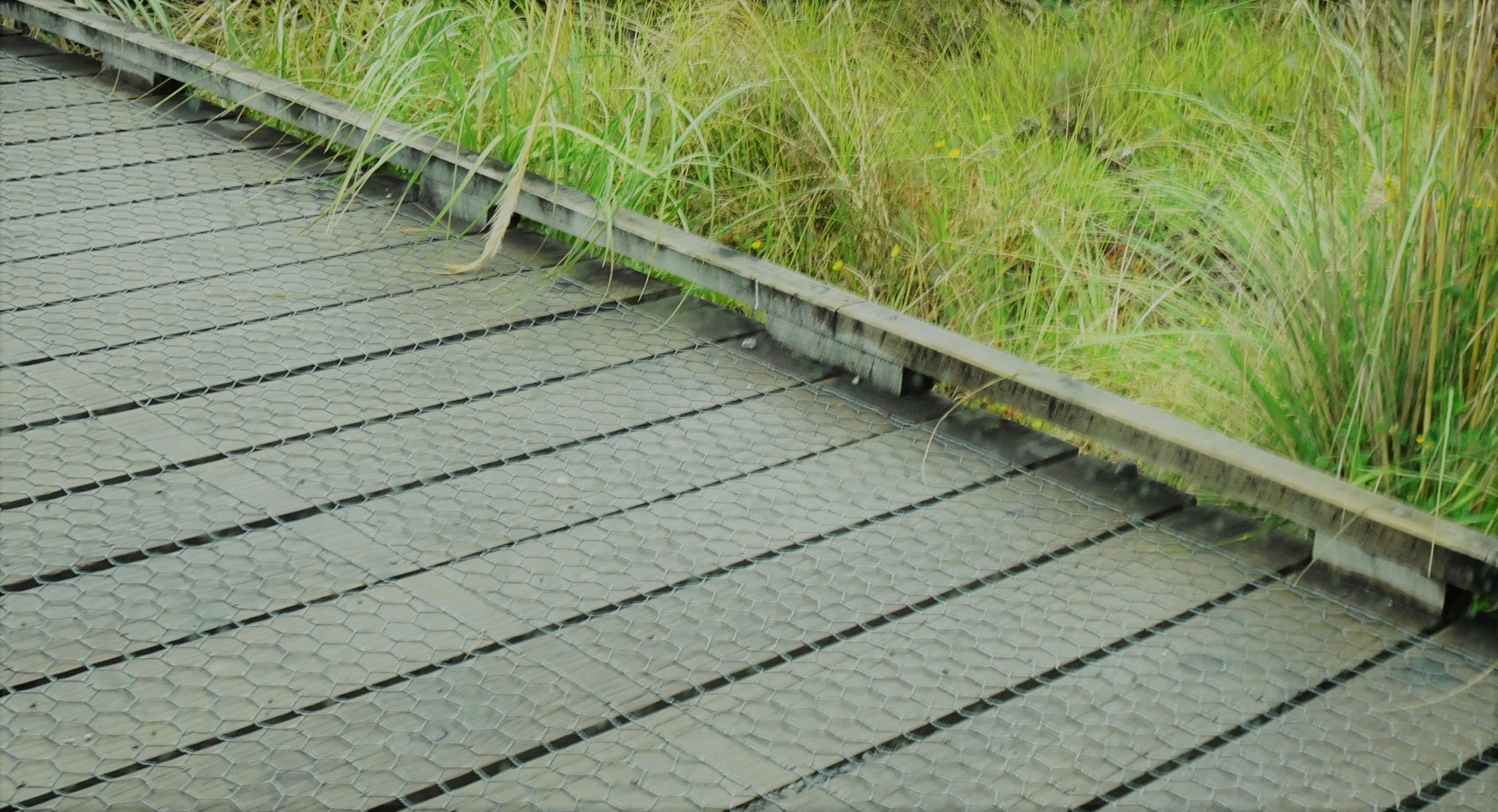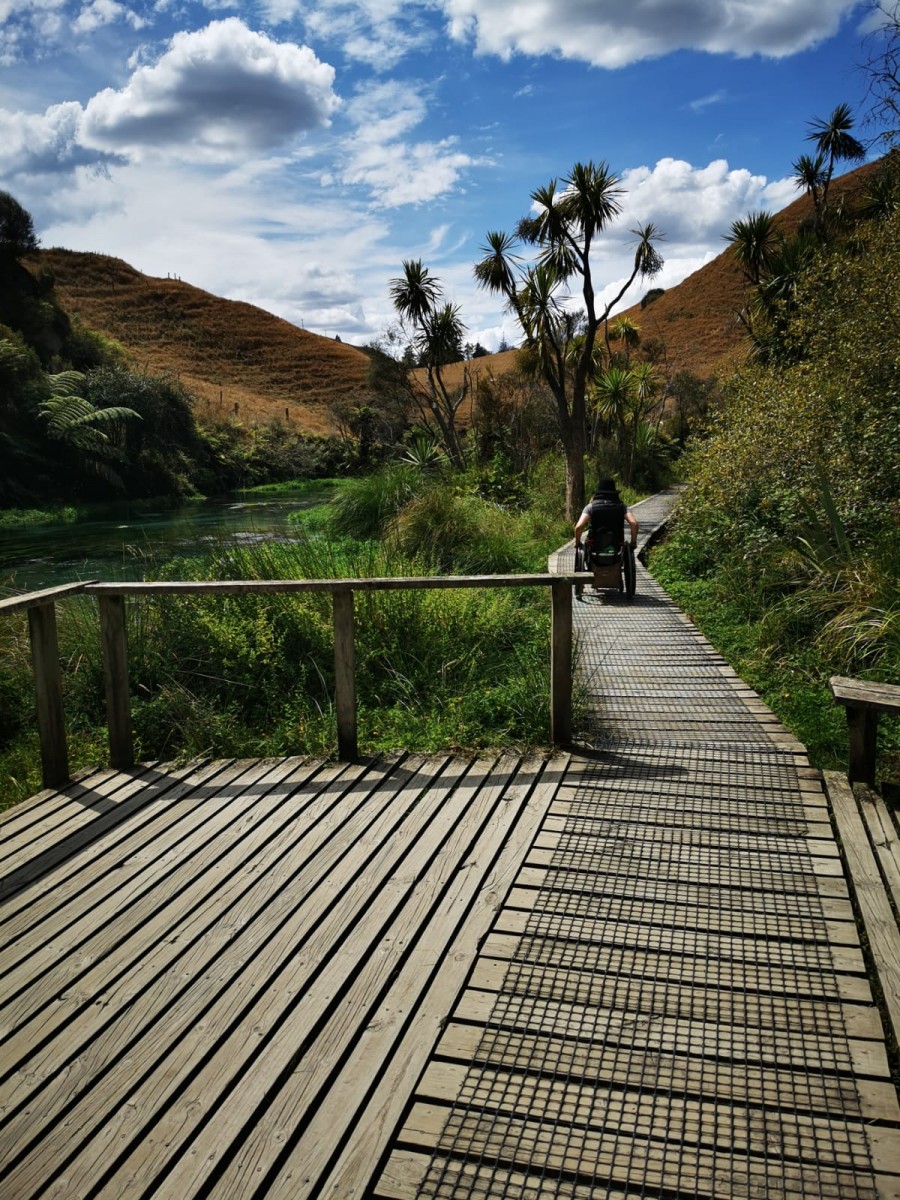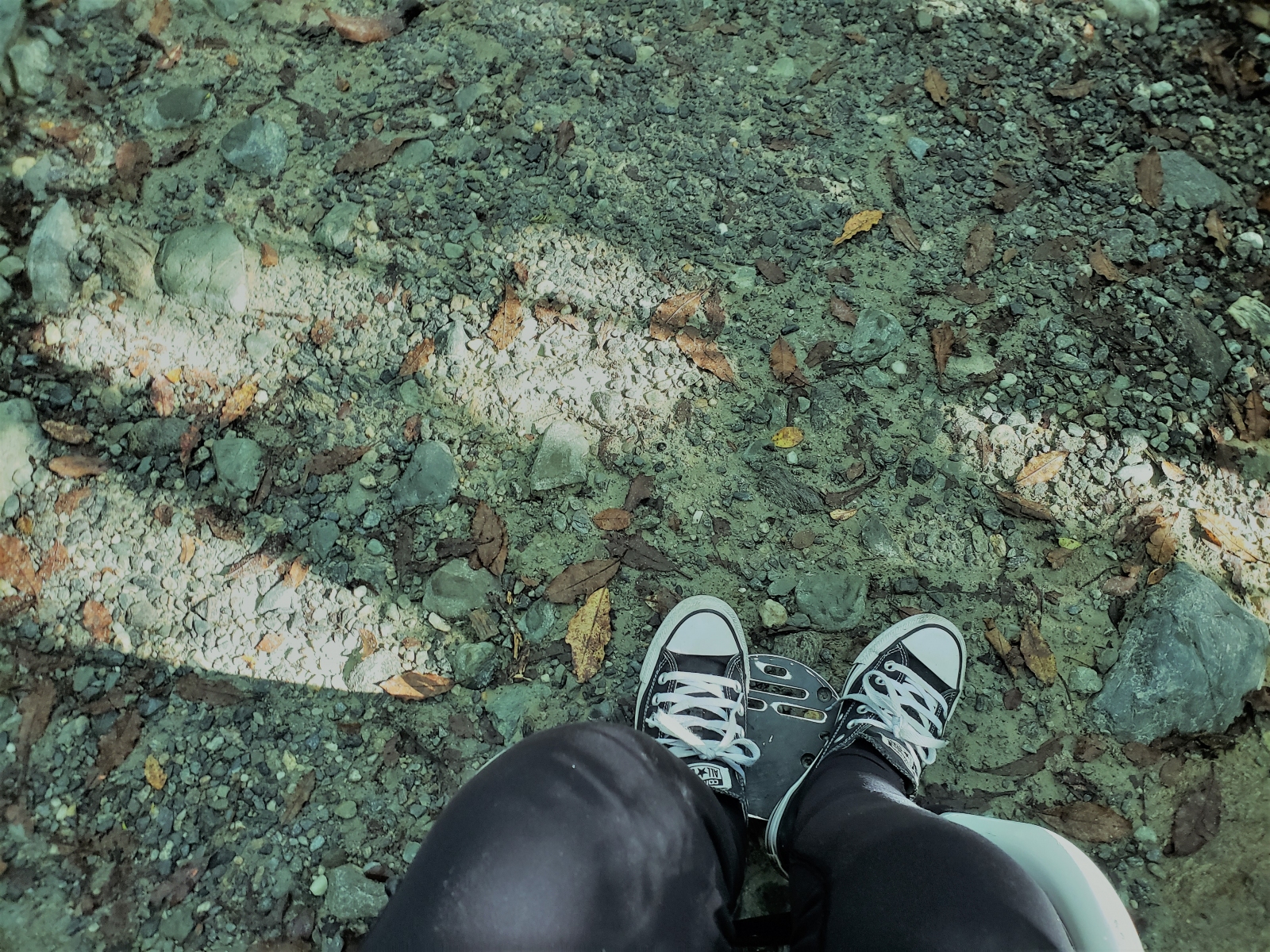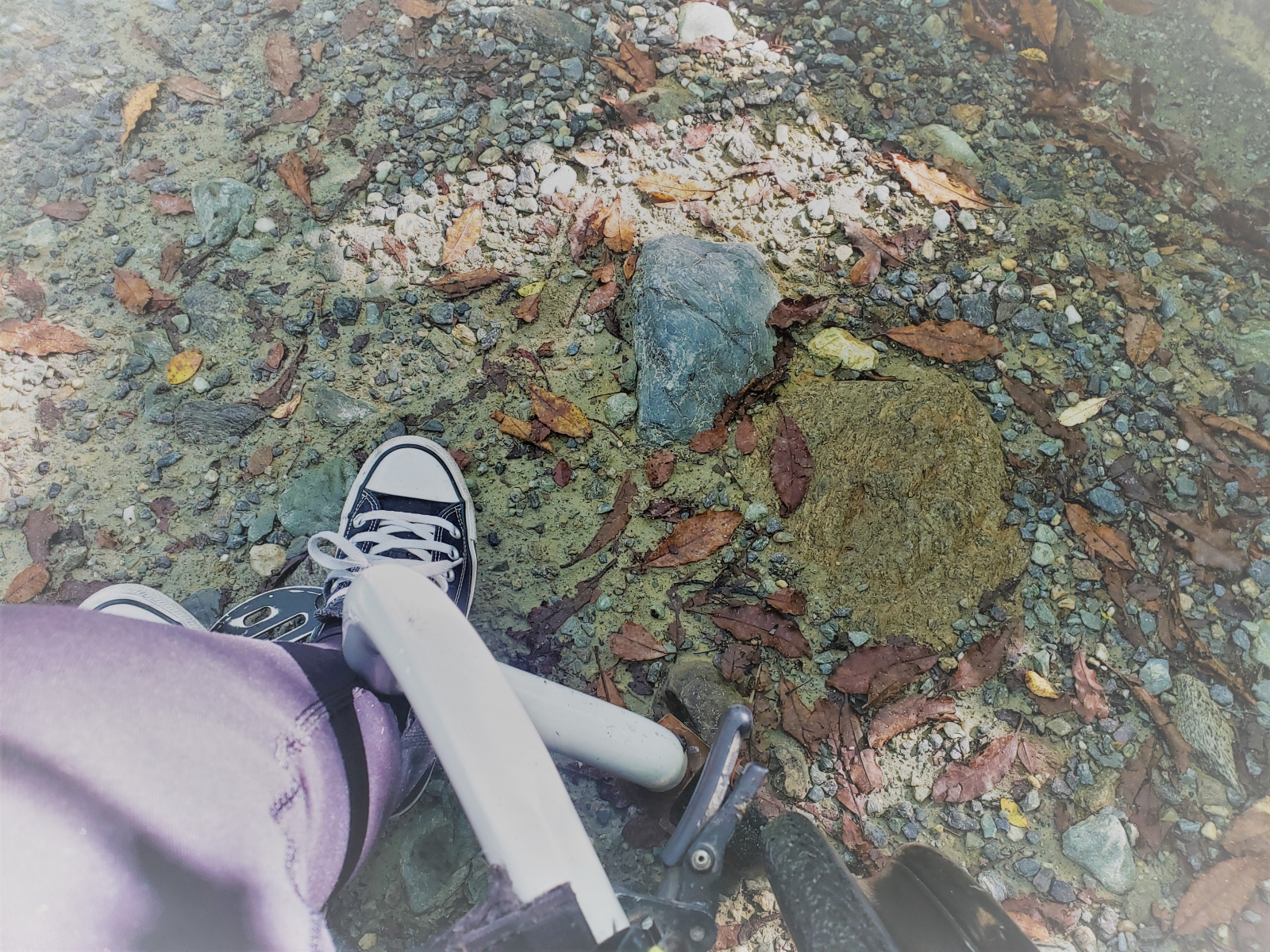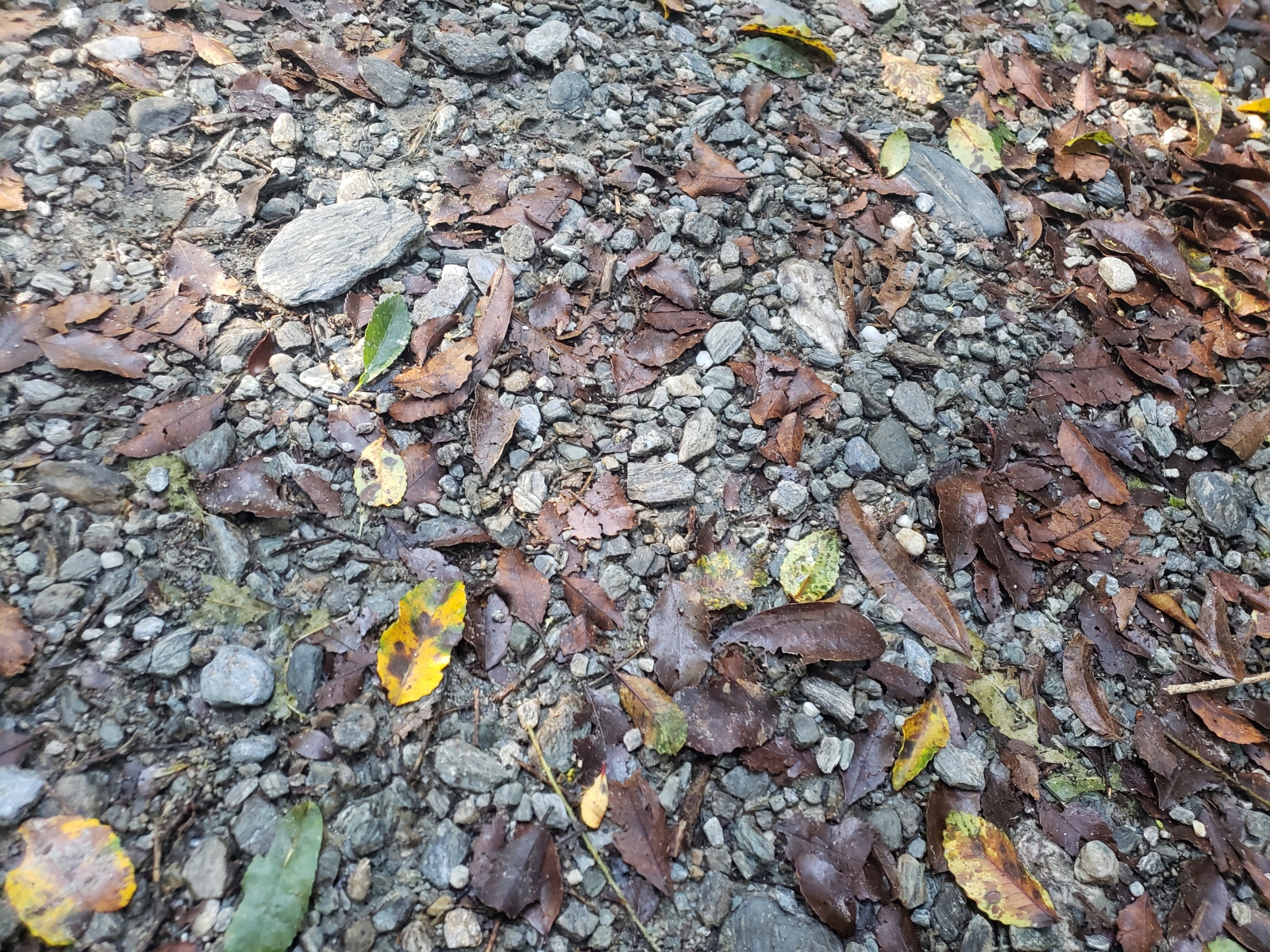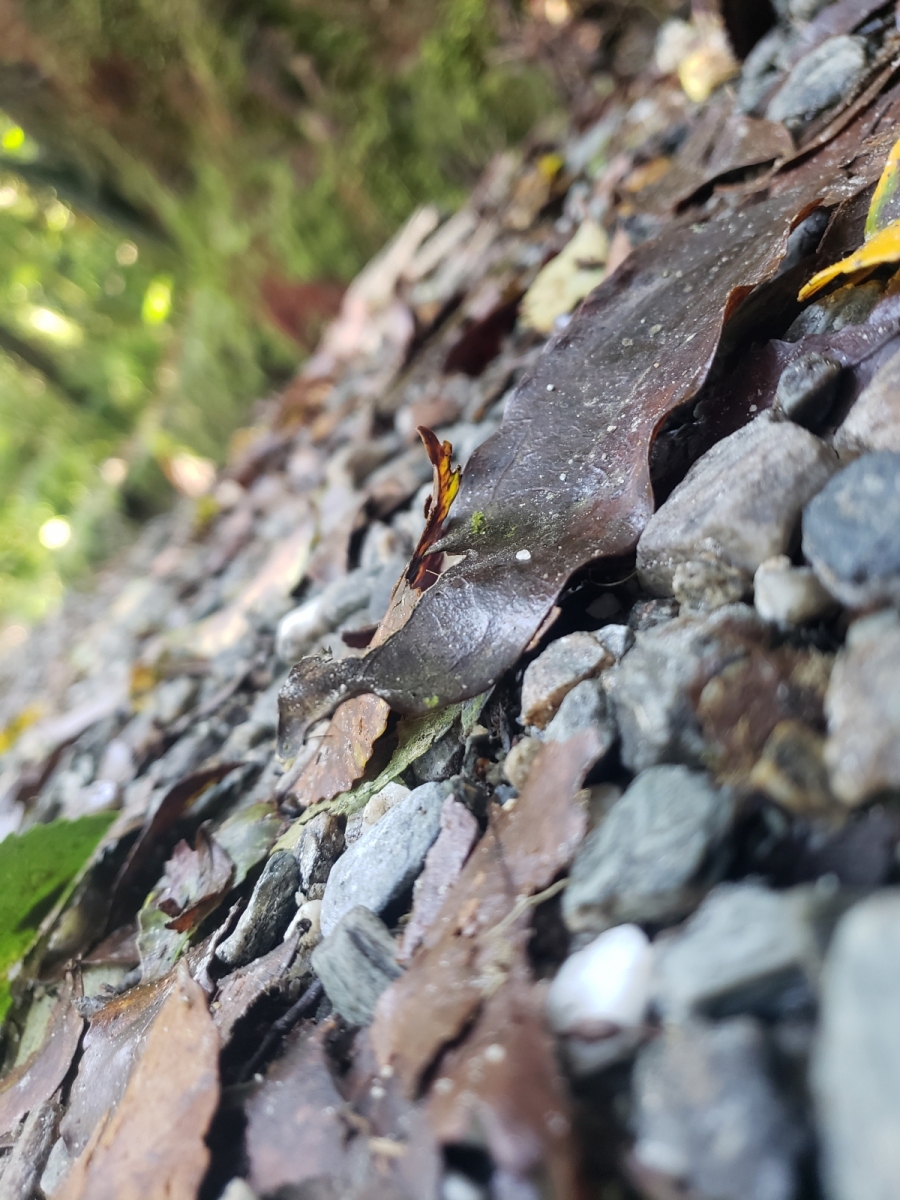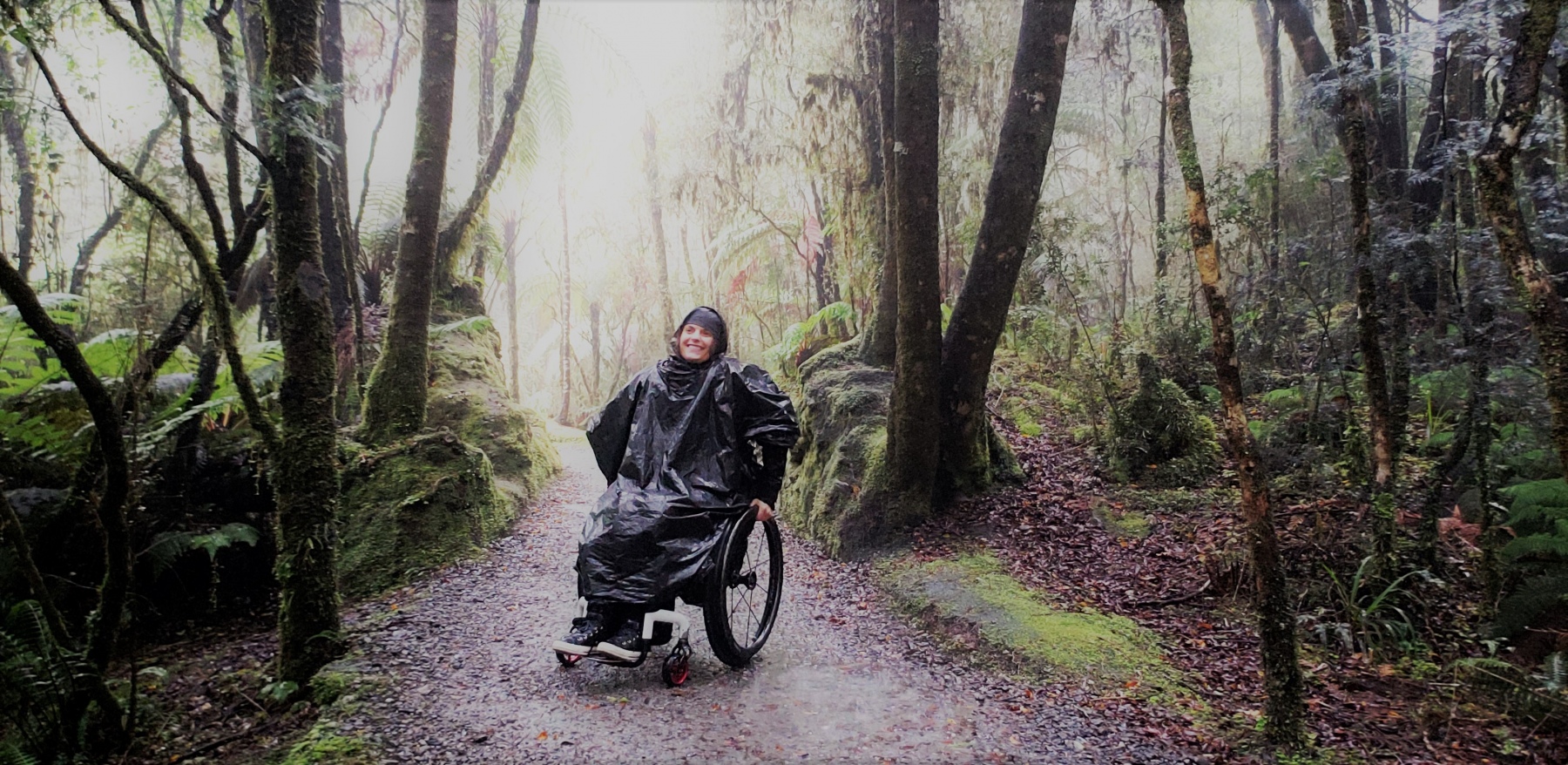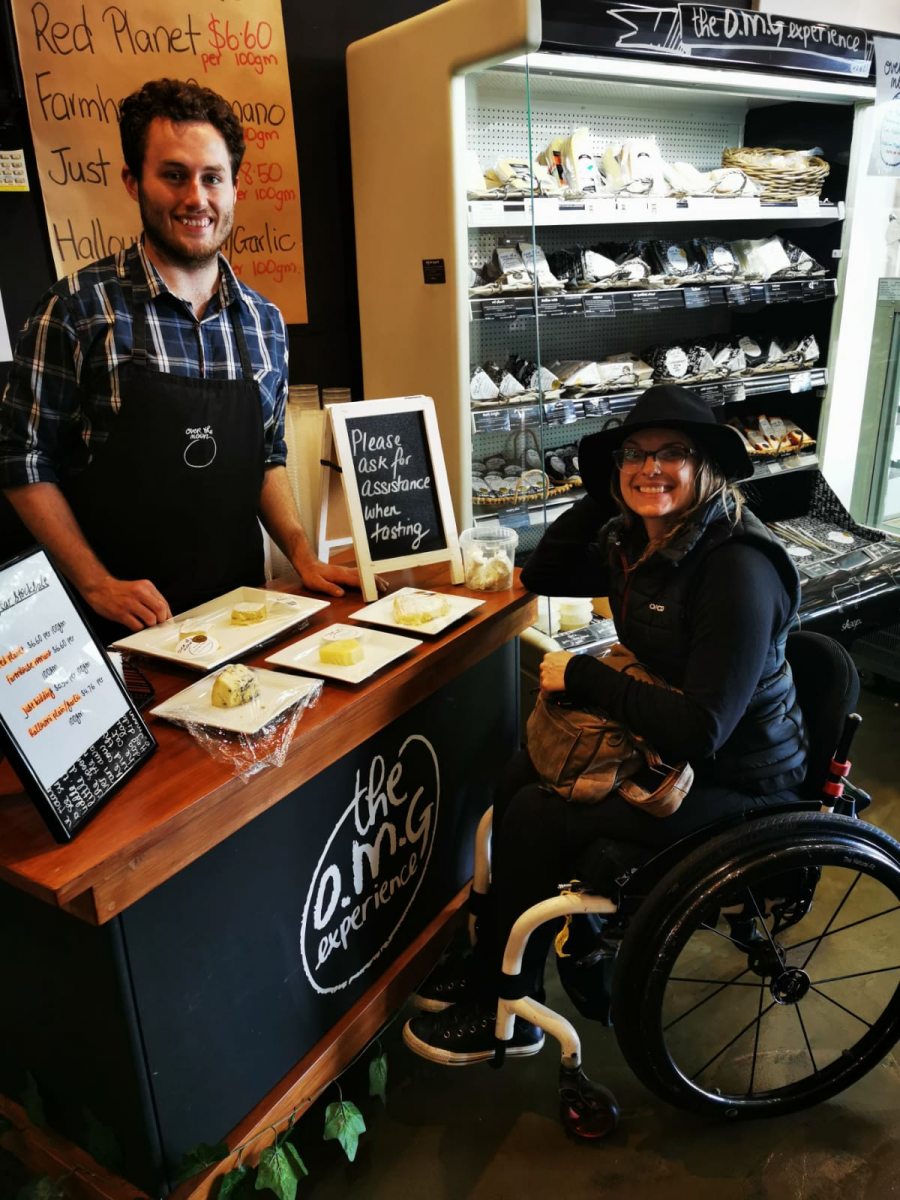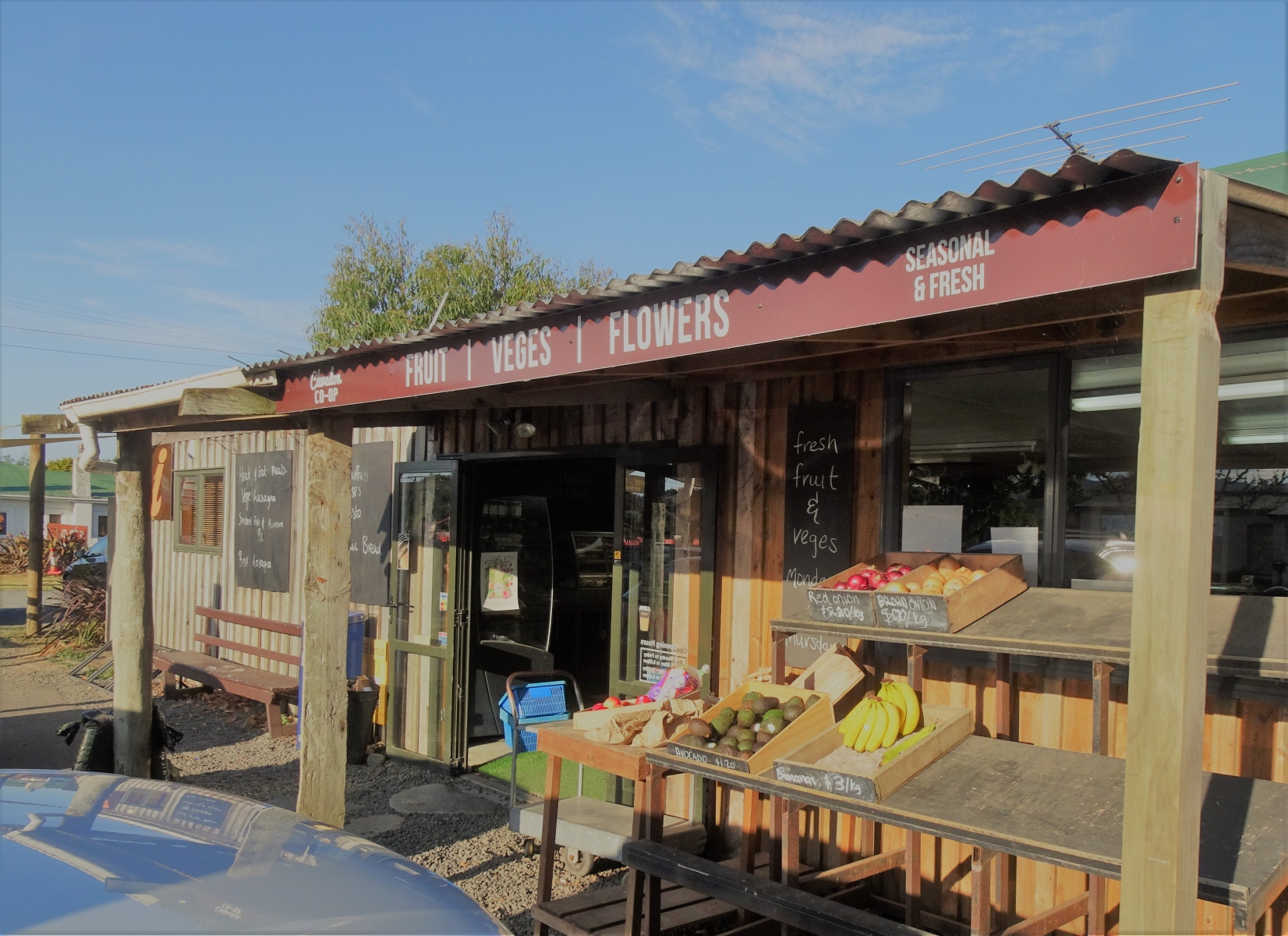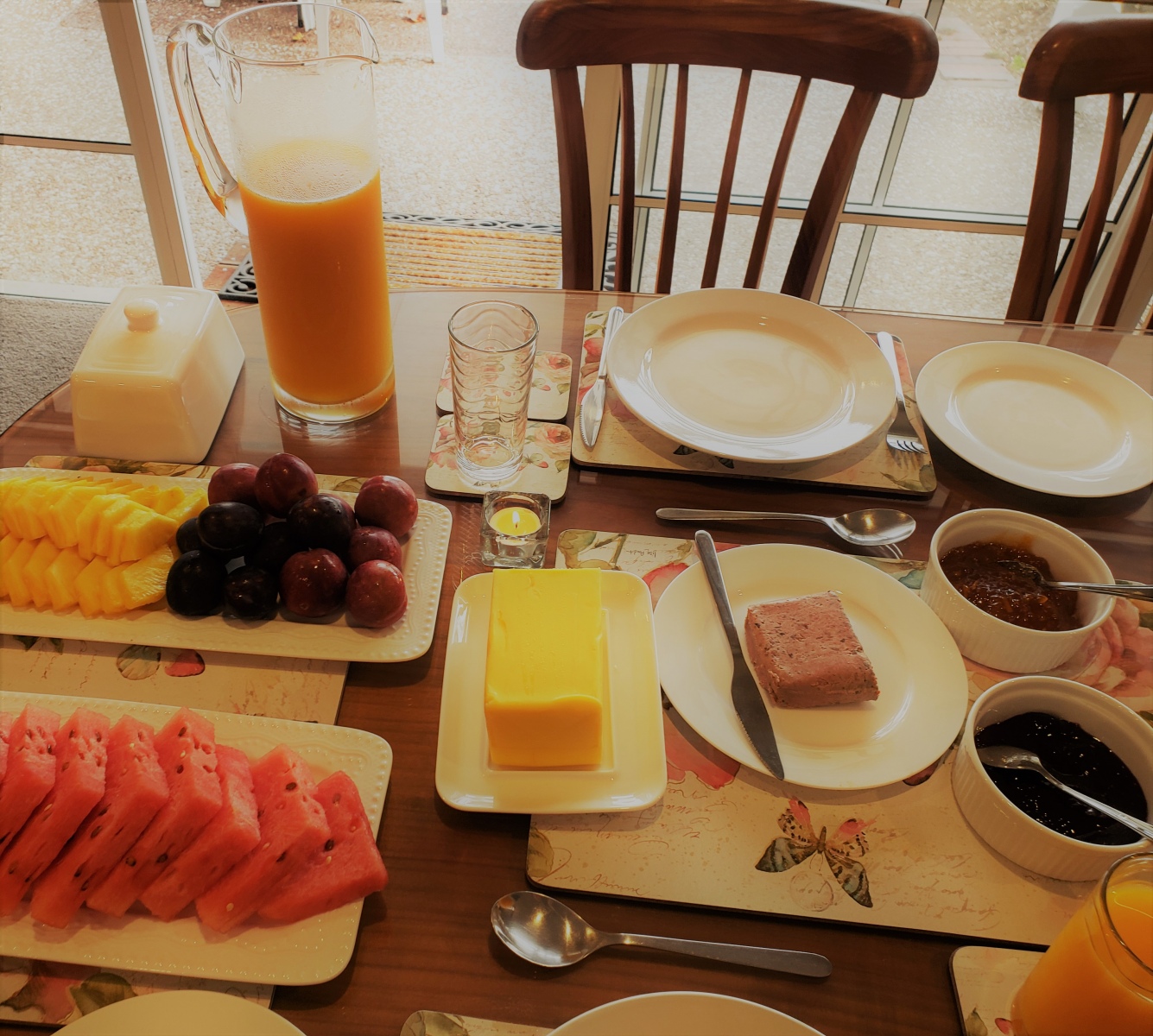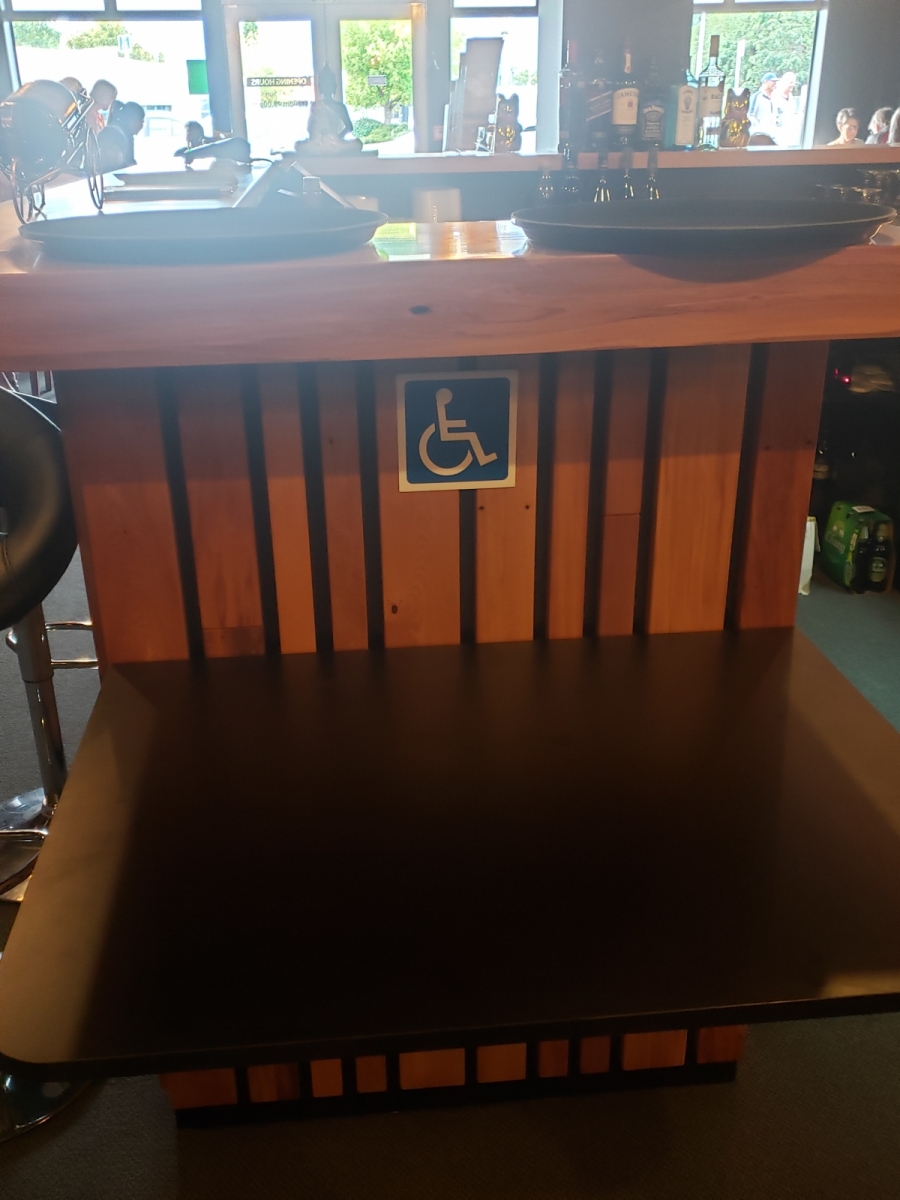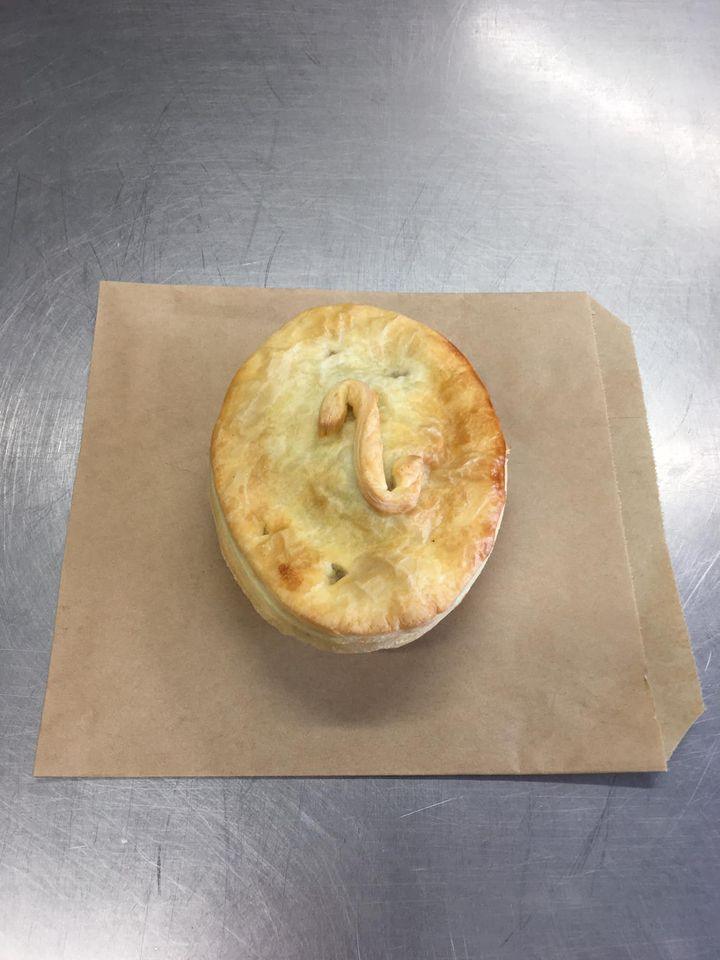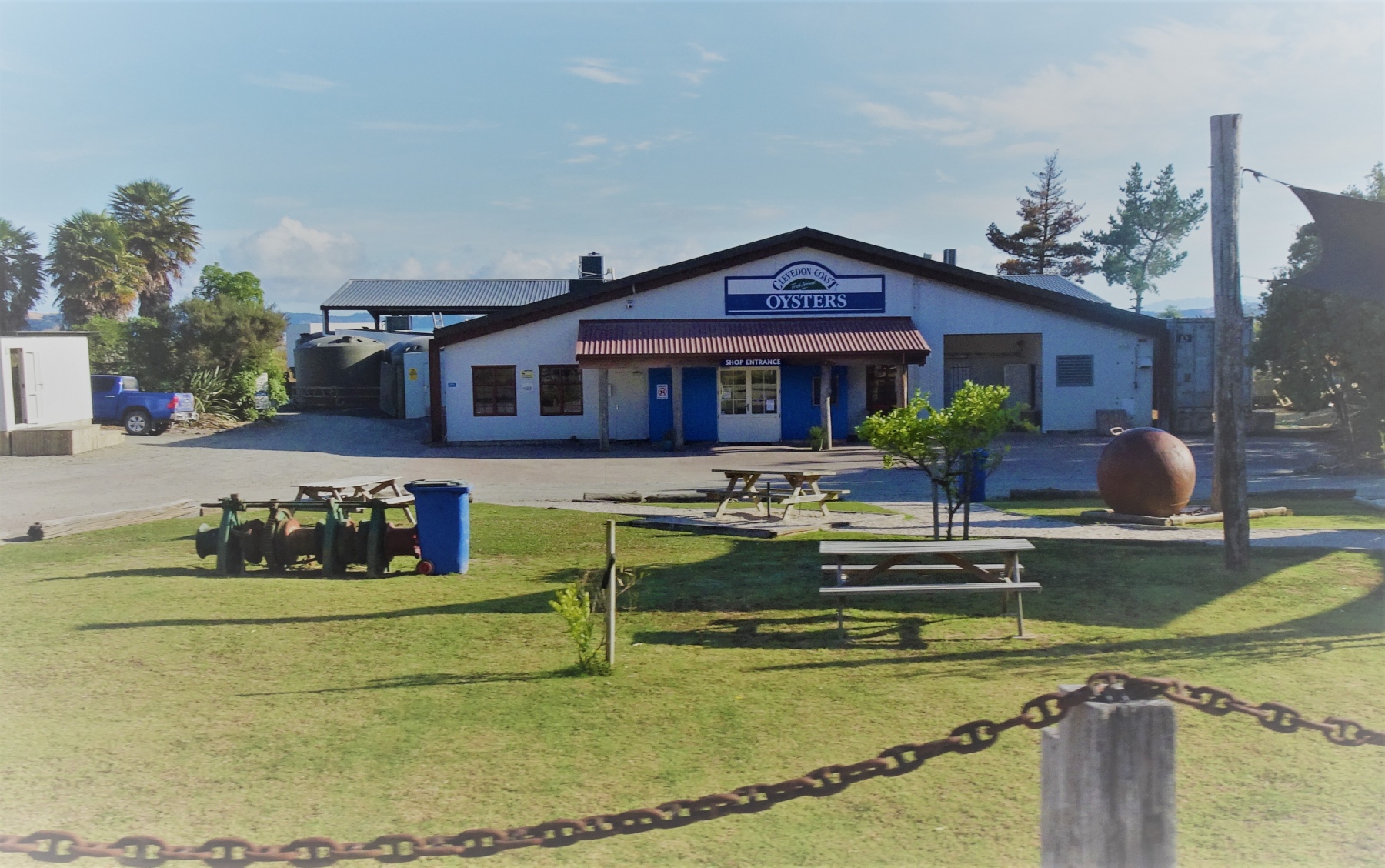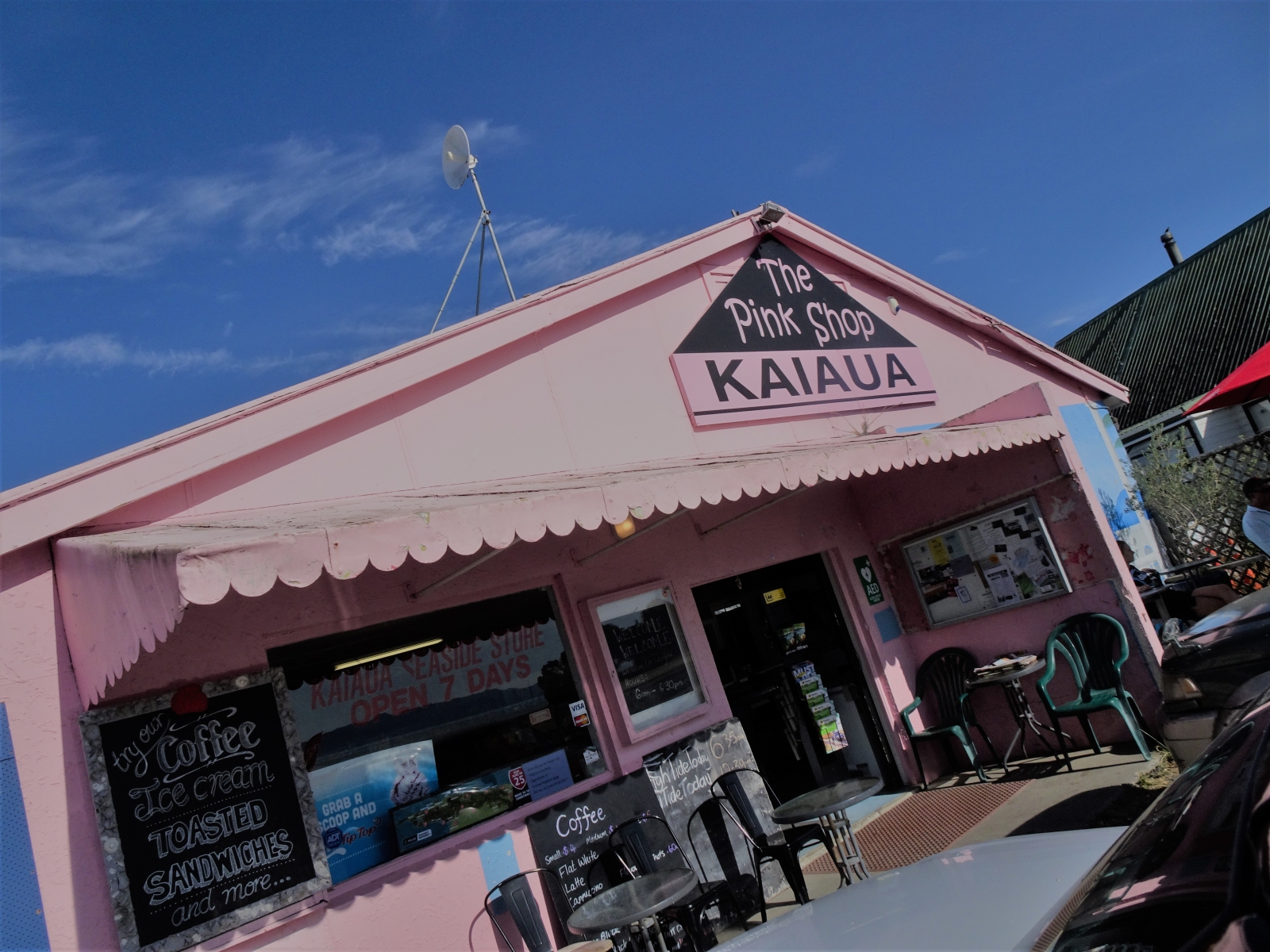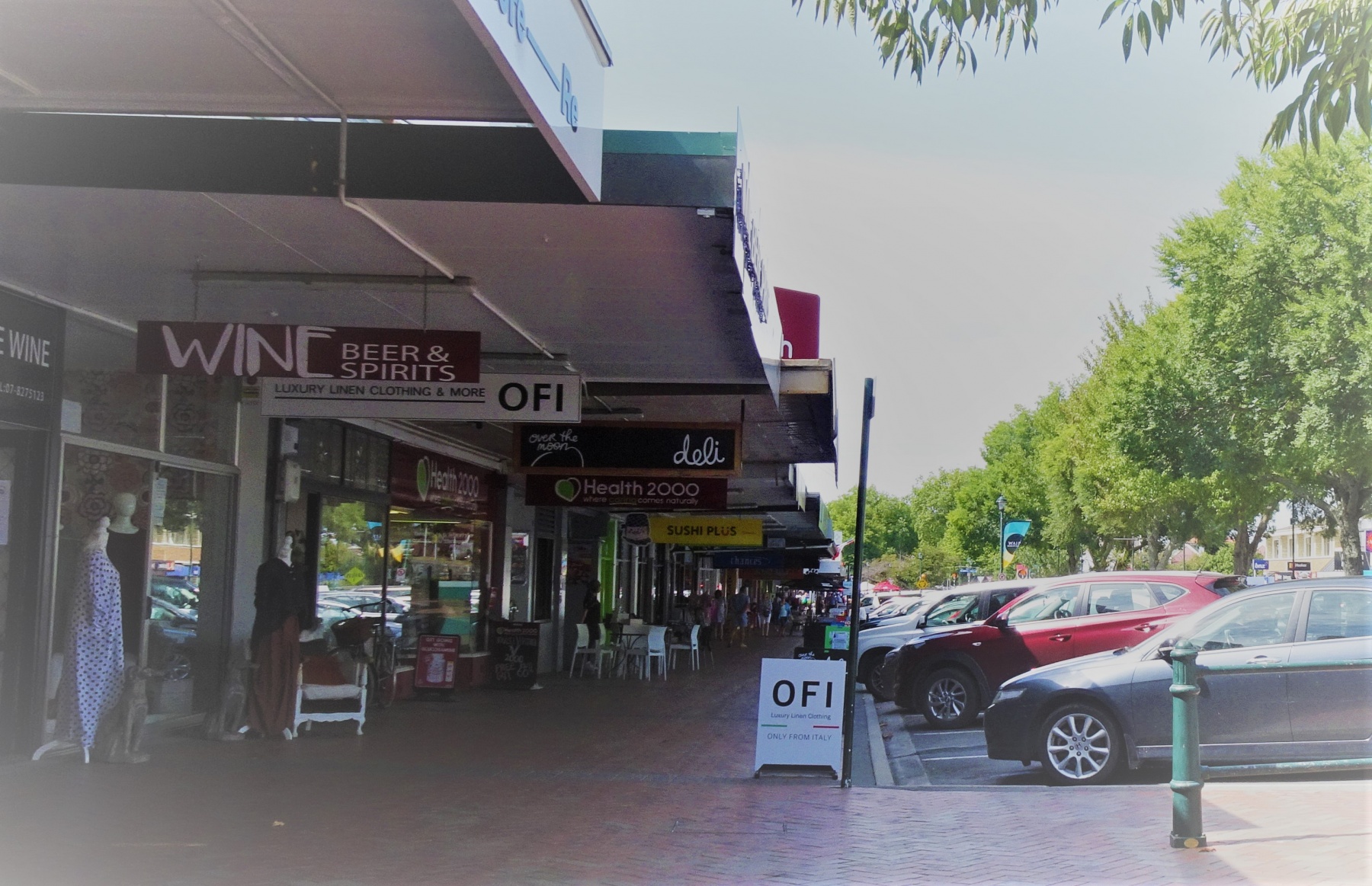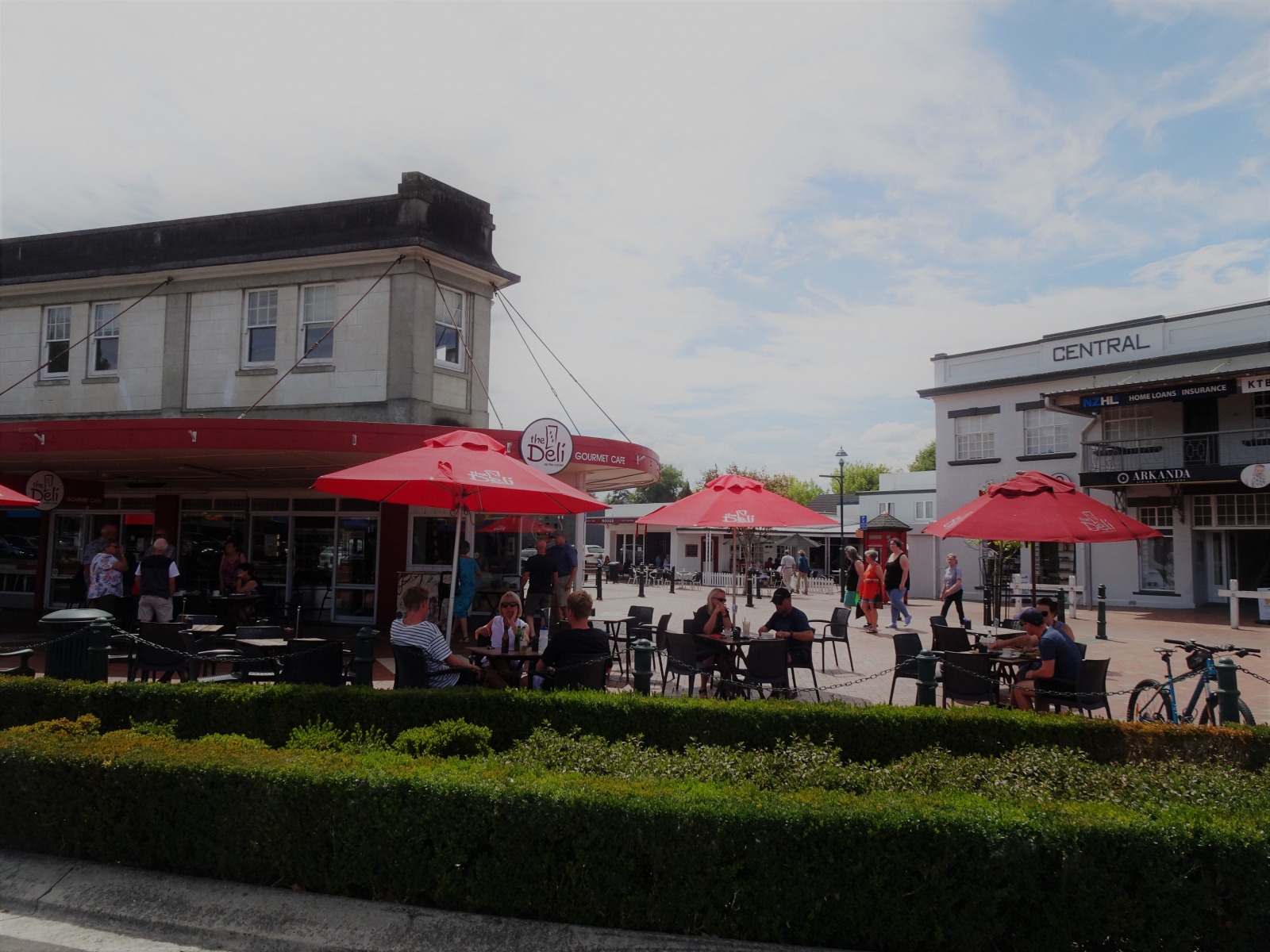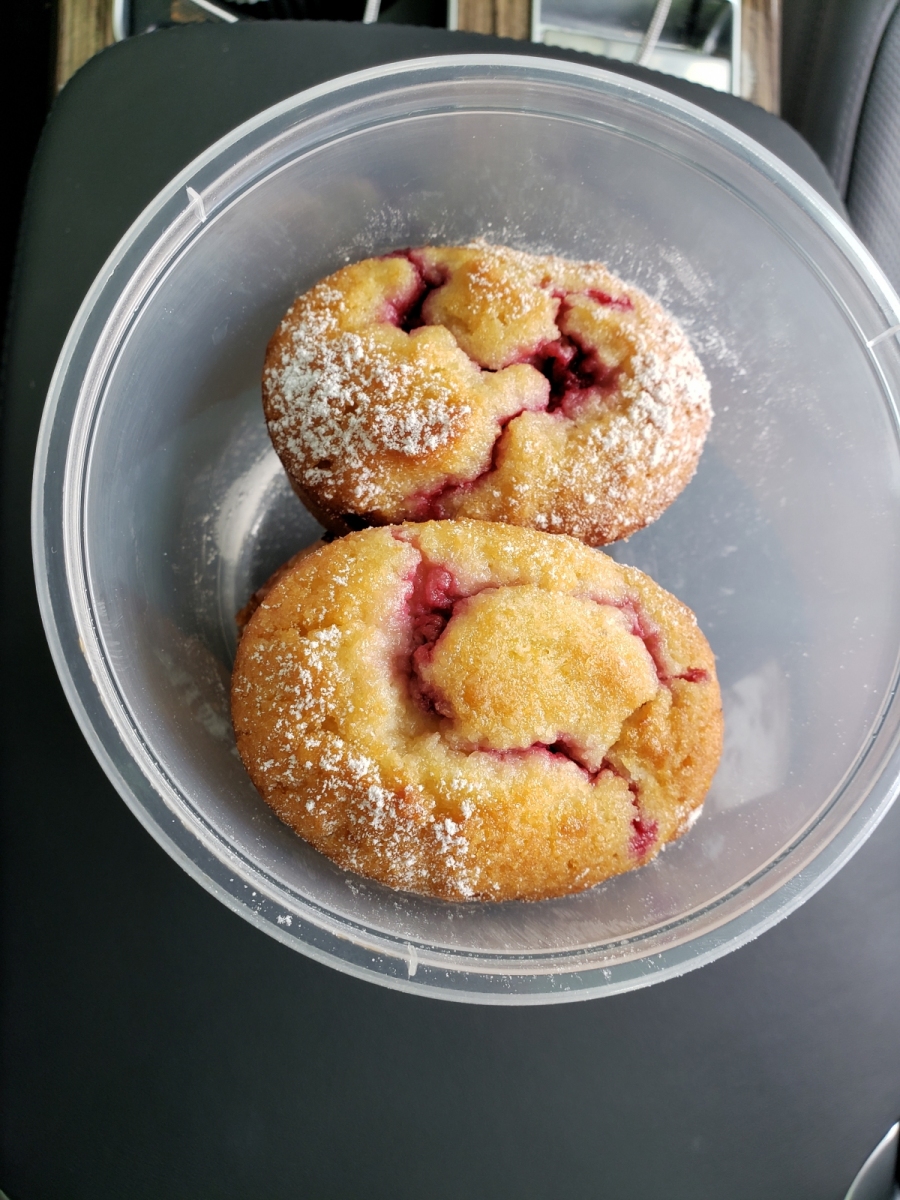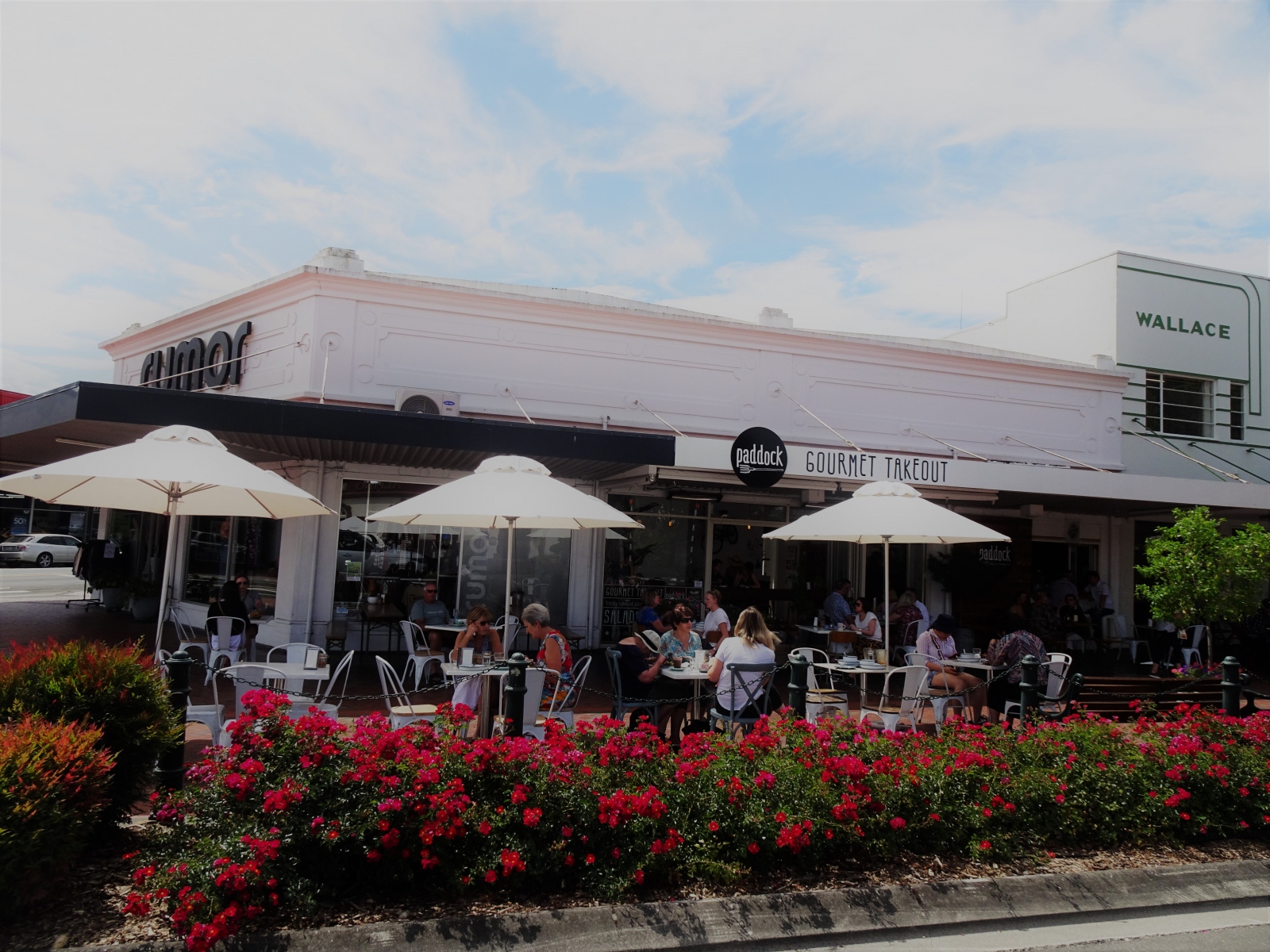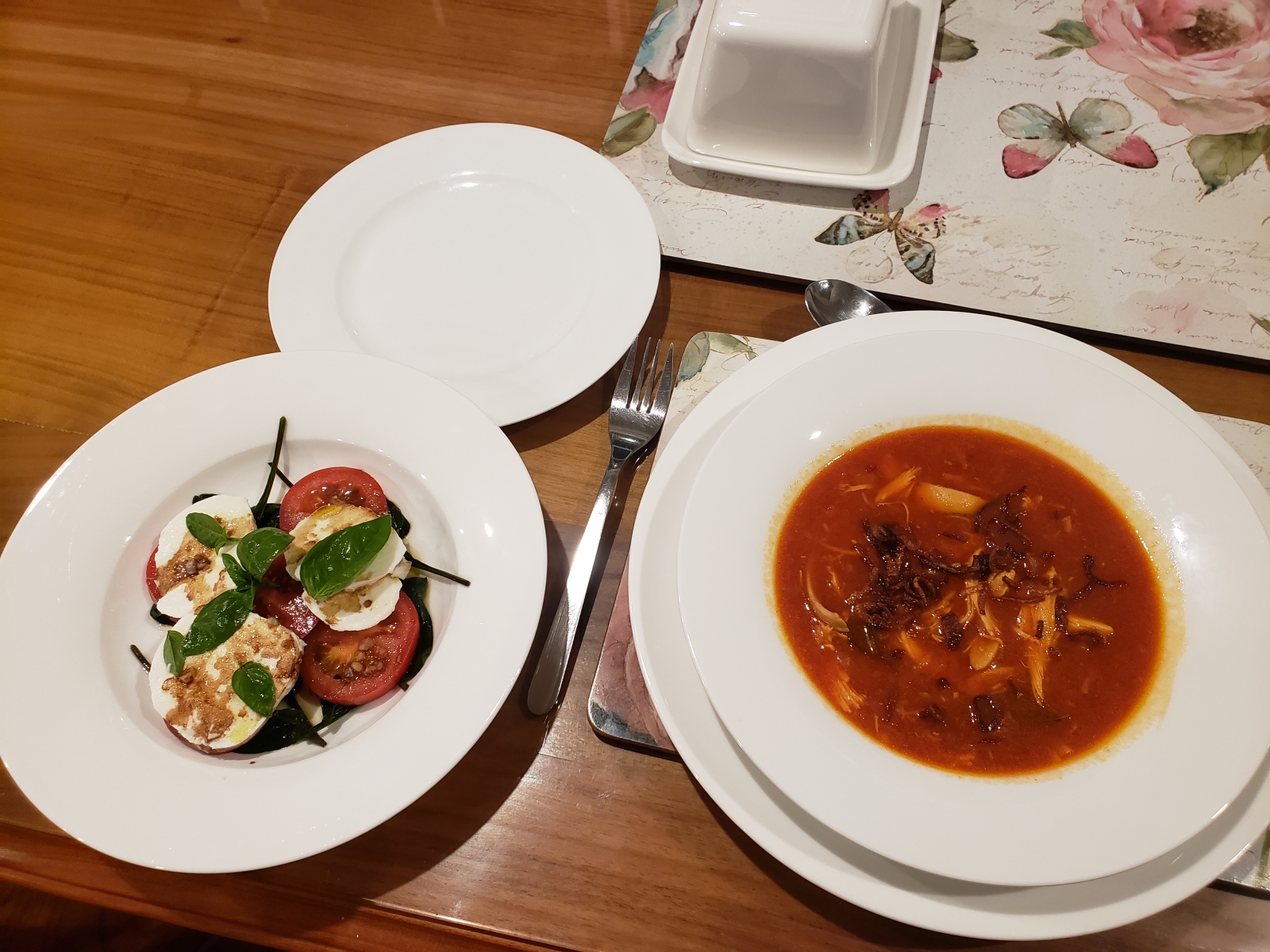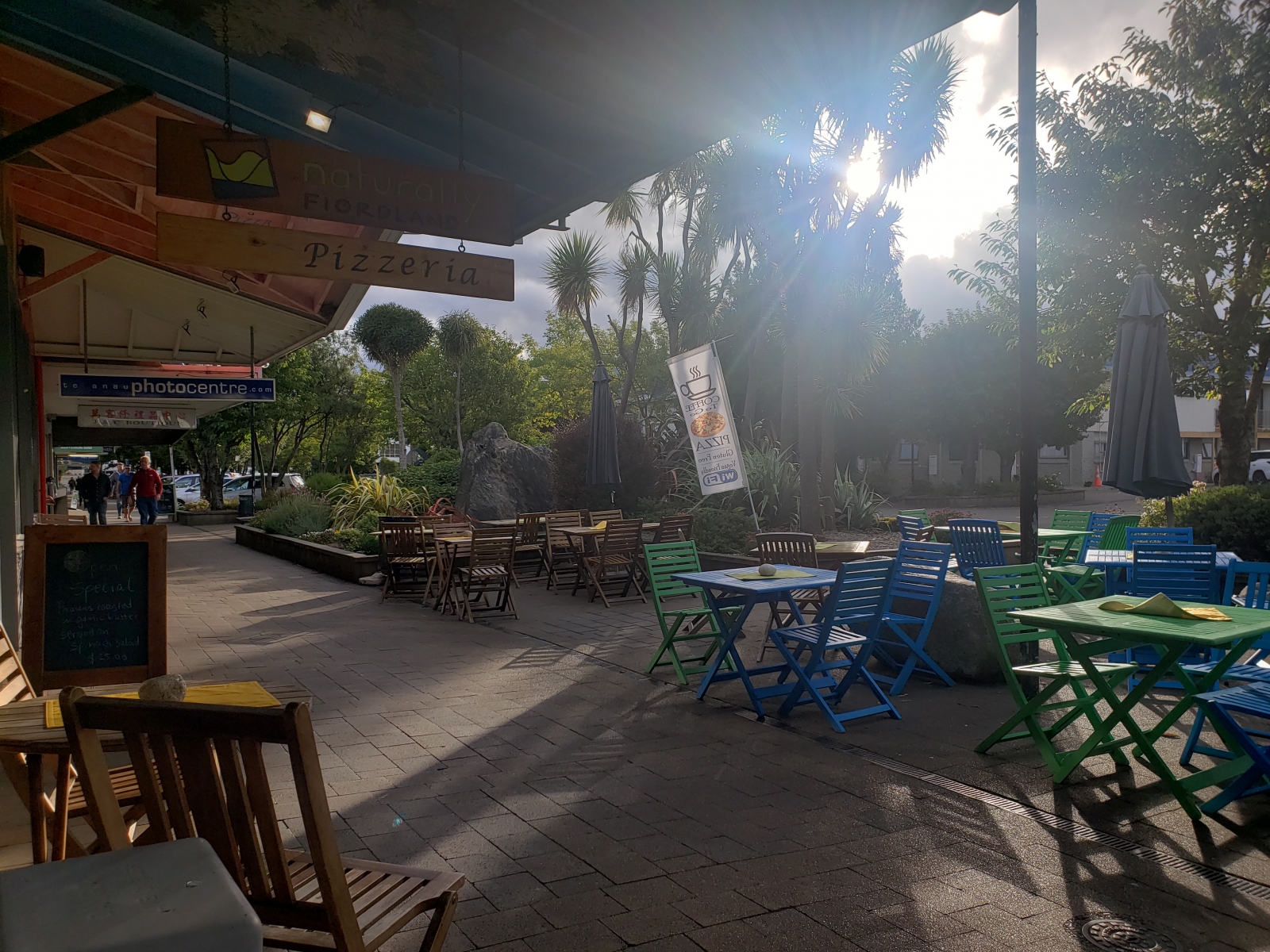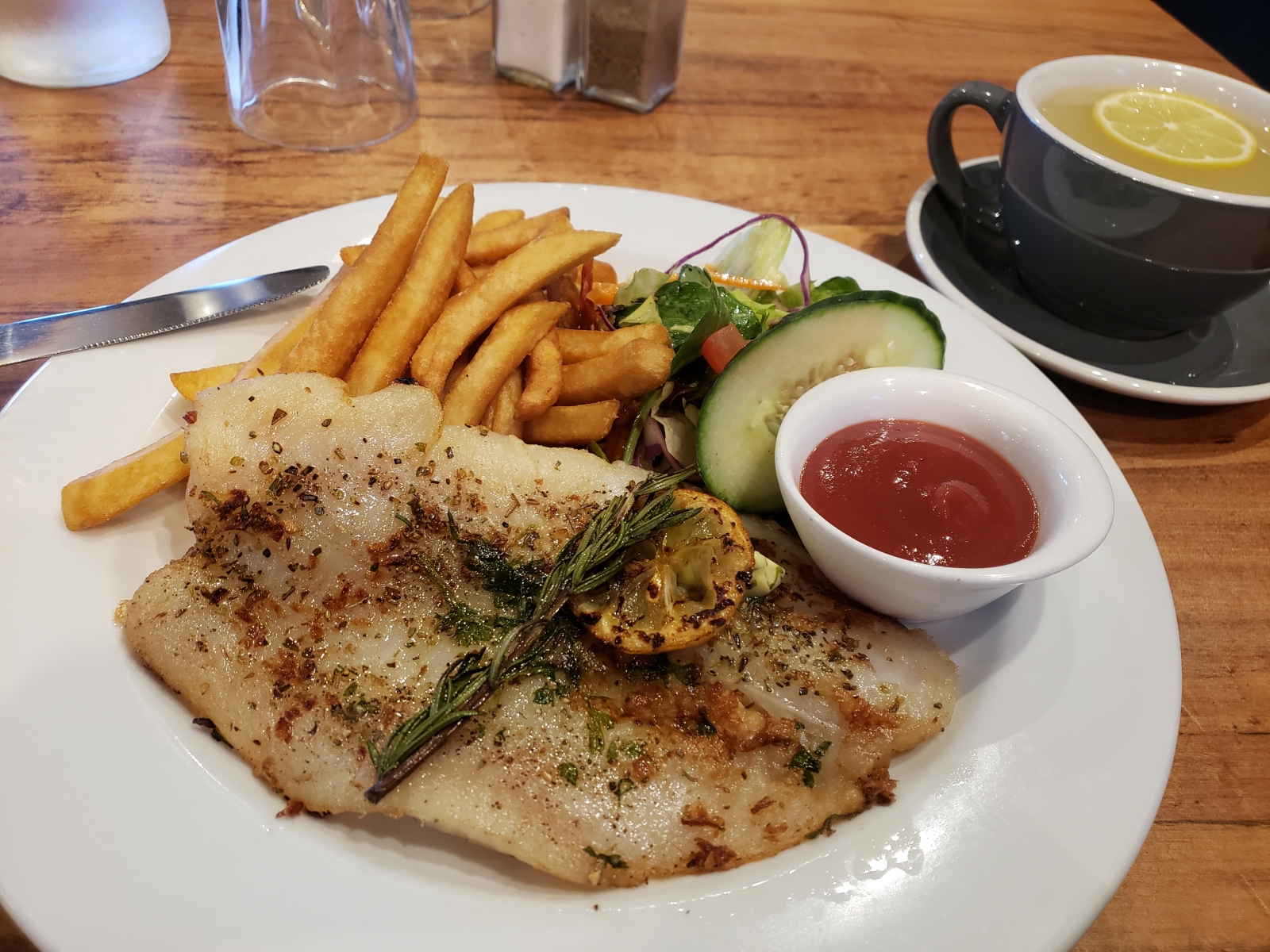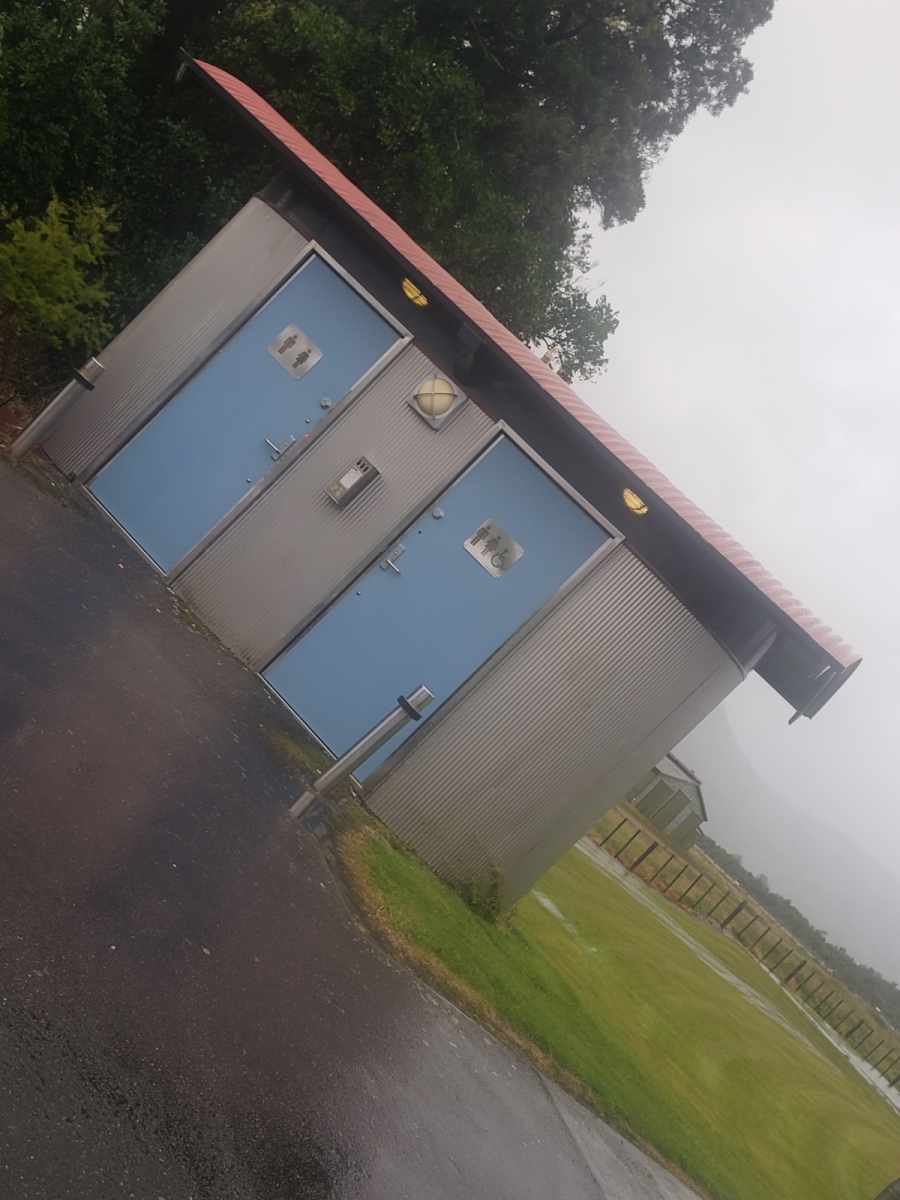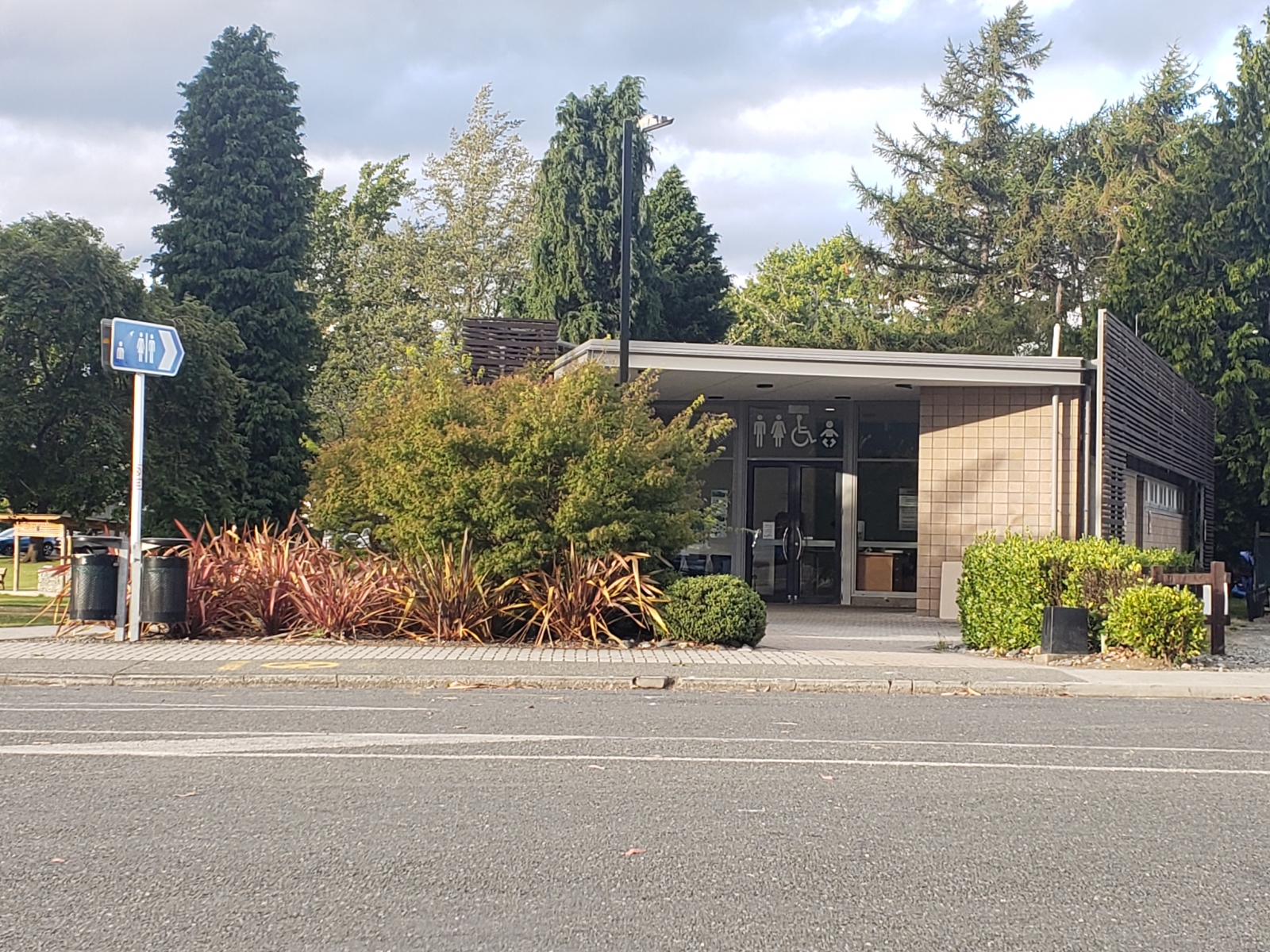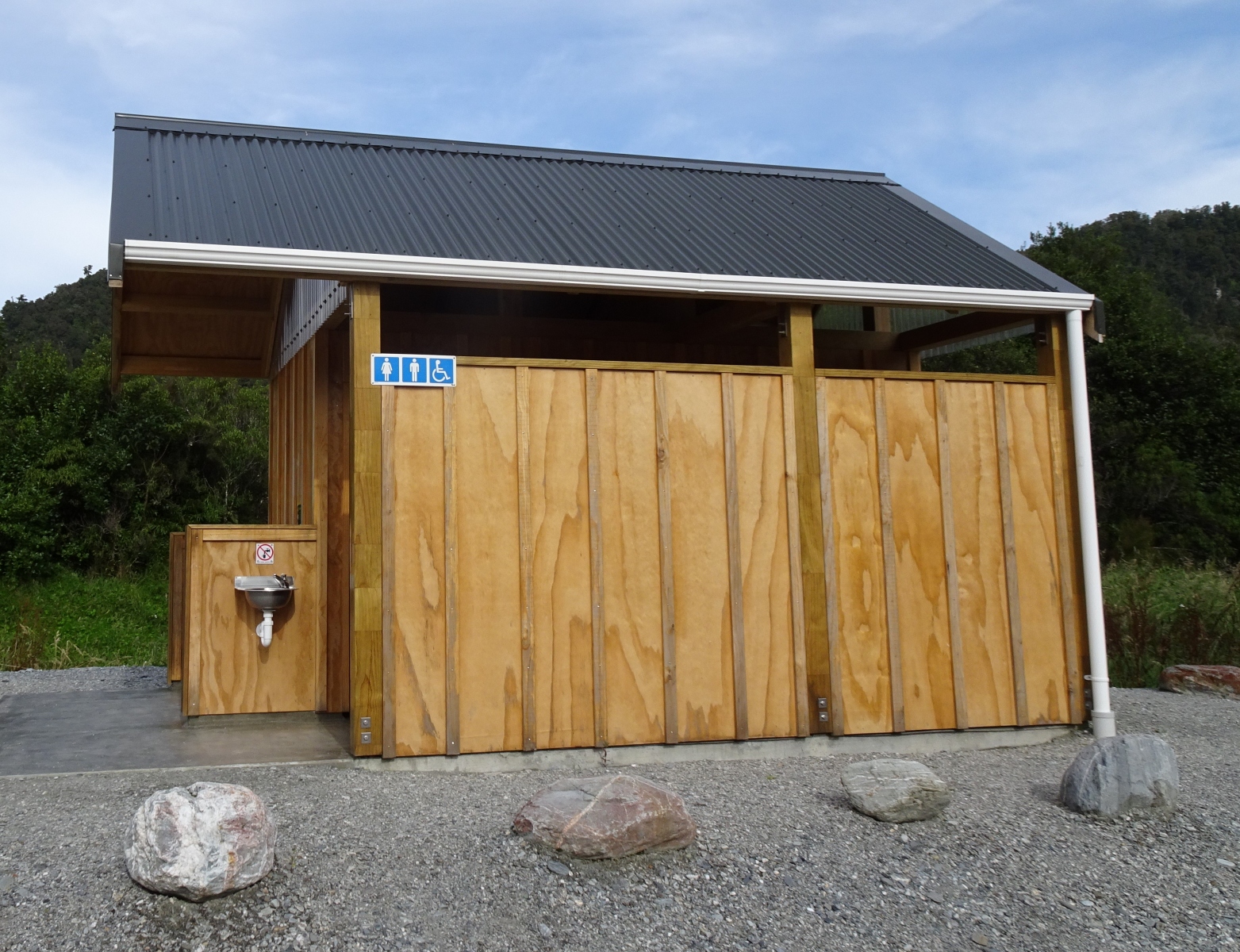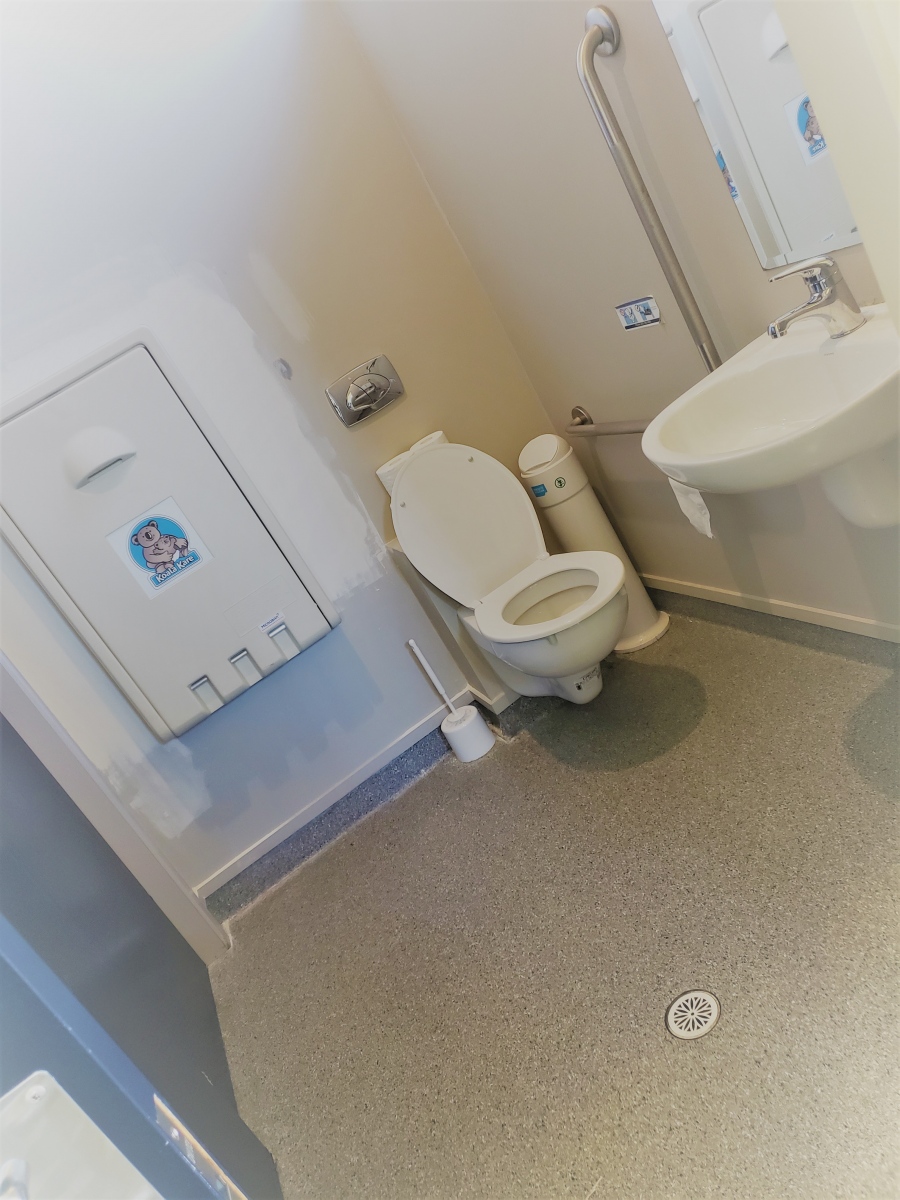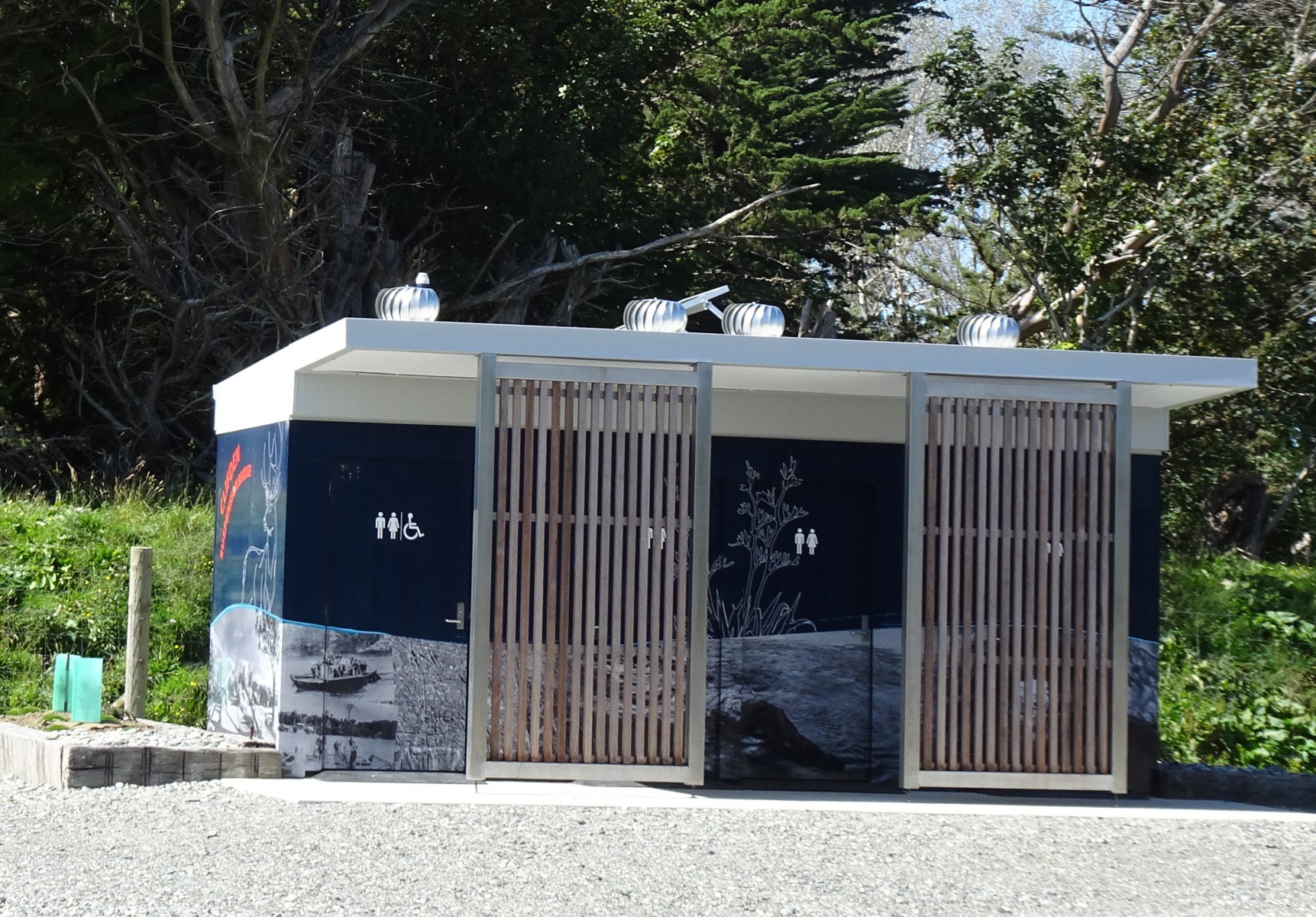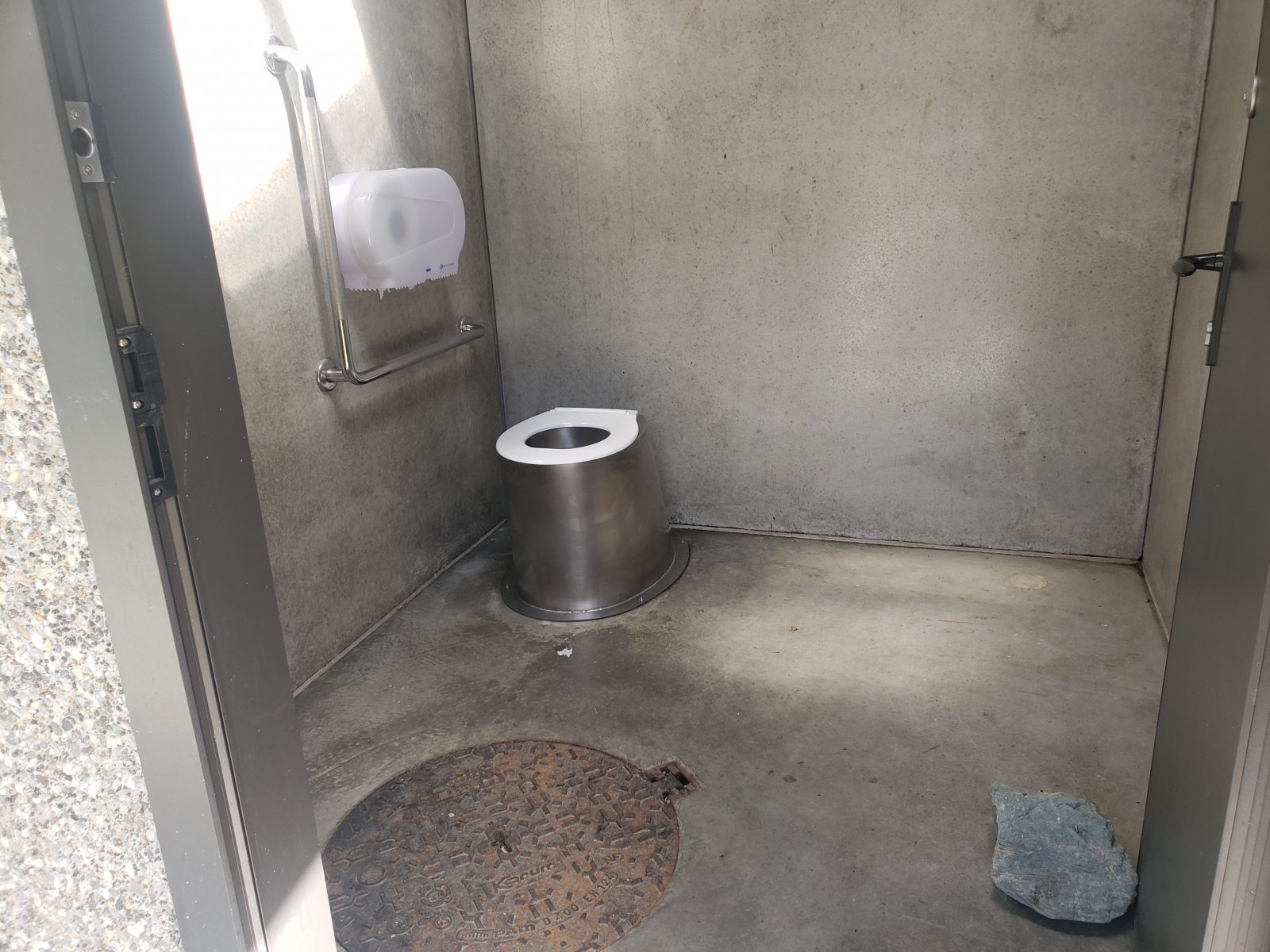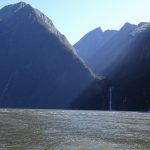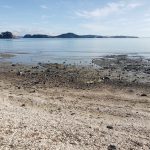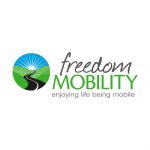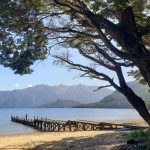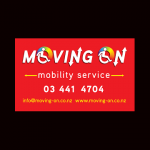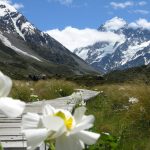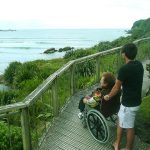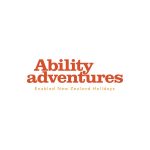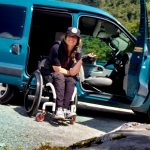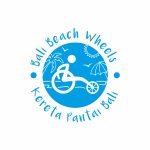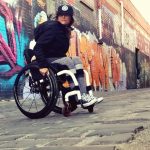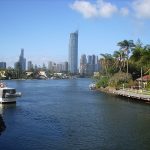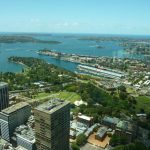When planning a trip, explore both the New Zealand North Island and the New Zealand South Island. The North Island is significantly smaller and is home to about 75% of the Kiwi population.
The North Island is enriched with volcanic activity and filled with cosmopolitan cities. Auckland is the largest city and the capital is Wellington. The North Island has many cultural activities for visitors, centering around the lives of the native Māori. The South Island encompasses most of the National Park lands in New Zealand. The largest cities are Queenstown and Christchurch. Exploring New Zealand’s natural environment is the main reason for visiting this beautiful country, and there are many ways to do this when wheelchair traveling.
Entry
New Zealand Department of Immigration requires visitors to have a visa. Passport holders of some countries, including the United States, do not have to apply for a visa before traveling to NZ. First, get a New Zealand Electronic Travel Authority (NZeTA), although it does not guarantee entry. The Department of Immigration continues assessing eligibility, and upon arrival, determines the genuineness of the visitor. If approved, the visitor then pays an entry visa fee.
Getting Around: Transportation
Six international airports exist in New Zealand and are located in Auckland, Christchurch, Dunedin, Queenstown, Rotorua, and Wellington. Smaller, domestic airports are all over. Traveling around the country of New Zealand requires some kind of private transportation.
Accessible vehicle rentals are available nationwide with most companies offering a wide range of vehicles that can include in their fleet, including hand-controlled steering, left-foot drive and swing-out vehicles. Disability Vehicles has seven offices nationwide, Mobility Vehicle Rental offers pickup and delivery of vehicles anywhere in New Zealand. Freedom Mobility has a large fleet of vehicles and offers modified vehicle driver training lessons. If you need to park in designated disabled parking spots, apply for a temporary mobility parking permit to avoid unnecessary tickets. International parking permits are not recognized in New Zealand.
In addition to flying, visitors have the option of going across the Cook Strait by Interislander ferry. The cost varies, including whether a vehicle is also being transported. Indoor and outdoor seating is available along with a cafe and accessible toilets. A few tour companies in New Zealand are designed to assist travelers with limited mobility to organize travel plans. Making Trax is a company started by a gentleman with a spinal cord injury and is highly recommended.
Fun Outdoor Explorations
Much to do in the great outdoors all around New Zealand! It’s why people travel here. New Zealand is a destination for nature lovers, even better if you like to do physical activities and get a little dirty. Any and everything is available, such as kayaking, surfing, paragliding, skydiving, helicopter rides, and more. Several beaches have inclusive features. Although some activities like rafting may not be 100% “accessible,” they may still be inclusive with some ingenuity or manpower. The Kiwis have a “make it happen” kind-of-attitude, and many companies have years of experience accommodating people with wheelchairs.
Hiking is referred to as “tramping” and trails are often referred to as “tracks” or “walking tracks.” This New Zealand government website has mapped out wheelchair accessible hiking trails, or “easy tracks,” with helpful details for each region. It is a well-organized resource. An “easy track” trail is wide, barrier-free (step-free), and commonly gravel or rocky with a firm foundation. Such trails are nearly flat, but some have gradual slopes. Sections of trails may be a boardwalk. A few trails are a boardwalk entirely, and sometimes a couple of sections had handrails. Watch where you wheel. Often when a boardwalk is used as the track, a thin, metal net is secured on top to create traction. A bench is occasionally seen on trails.
When going for a hike, bring water and dress in layers because the weather can drastically change. Rainfall frequently dampens the roads and trails and gets washed away in the rivers or absorbed into the ground relatively fast. Bring rain gear. Rain jackets and ponchos are also sold at gift shops and gas stations, and you can also use a clean trash bag. On most trails, hikers can read about the natural environment from the many informational panels displayed.
Food + Beverage
Although New Zealand has become world-famous for its lamb, deer farms are extremely common and a local favorite. New Zealand wine has also made a name for itself on the world market with most of the vineyards growing on the North Island. Wine tasting is a top travel activity for wine connoisseurs or those looking to spend a lovely day sampling the country’s offerings. Tasting shops are also located in town for a wide range of wine varietals from various vineyards. Naturally pairing well with wine are the New Zealand cheeses. Like the wines, the cheeses are carefully crafted with local ingredients to bring out subtle earthy flavors. With so many delicious choices, going cheese tasting is a must-do.
While traveling around, there may be times when you’ll want to get something to eat quickly, a grab-and-go or to-go item. In New Zealand, this means grabbing a savory pie, similar to a samosa, filled with beef, chicken, lamb, or cheese. A couple of businesses are dedicated to just this but are regularly sold at markets, gas stations, and other little food vendors. Restaurants have vegetarian and vegan food items on menus, especially at the many Asian-inspired establishments. Finally, if there is a dessert to try in New Zealand it’s the real fruit ice cream. Plum is the recommended flavor.
Where to Sleep
New Zealand has done a good job creating wheelchair accessible places to stay throughout the country. From hotels, motels, resorts, glamping, and more, every region and city has a few different options at different prices. Commonly, each property has one wheelchair accessible room with a roll-in shower and occasionally a second or third room. Booking well in advance is recommended if set on staying at a particular place. While planning, a few places I looked into had their accessible room already reserved.
When reaching out to places about wheelchair access, and if there was a roll-in shower, I was delighted to get clear answers and sometimes even photos. I felt confident in the answers I was given, and when I arrived, everything was as described. When it comes to shower access, it seems that the majority of places to stay in New Zealand have a roll-in shower.
Public Toilets
Finding a wheelchair accessible public toilet is not a problem. They are commonly found alongside or near wherever standard public toilets were available. Often there is one large toilet stall in a separate space for both men and women, and is equipped with grab-bars and a roll-up sink. In very rural areas of parks, vaulted toilets, as opposed to flush toilets, are the norm. Bring your hand sanitizer disinfectant.

